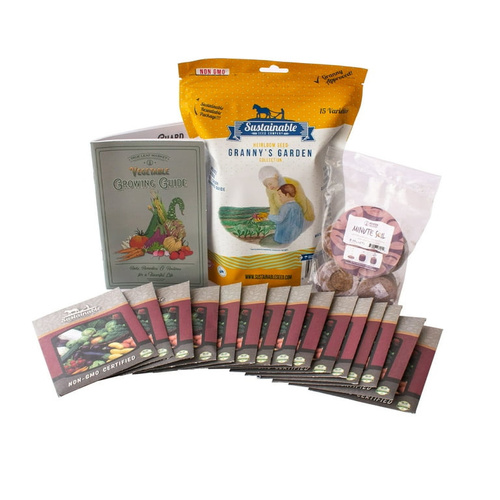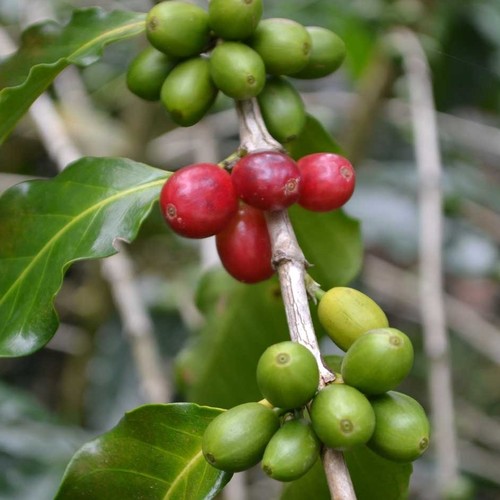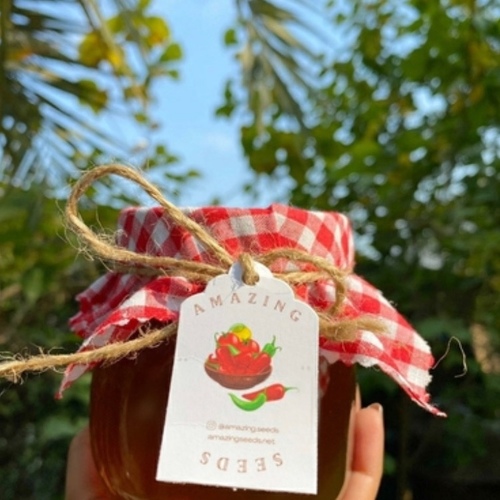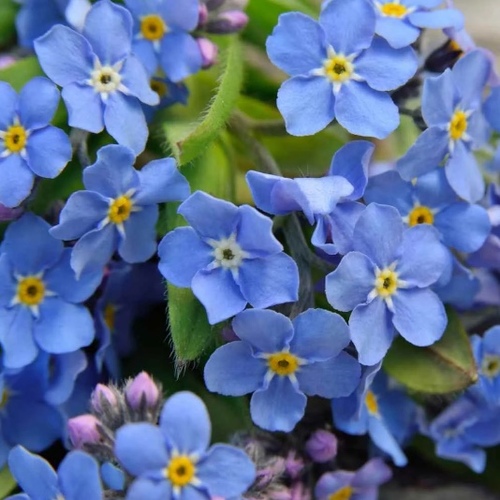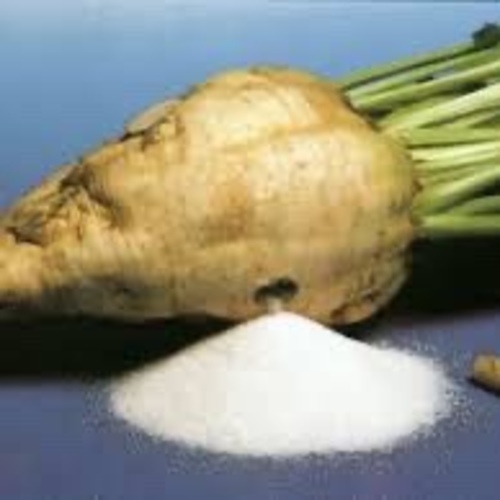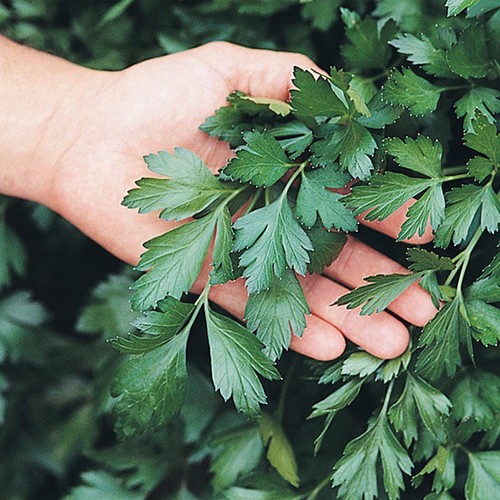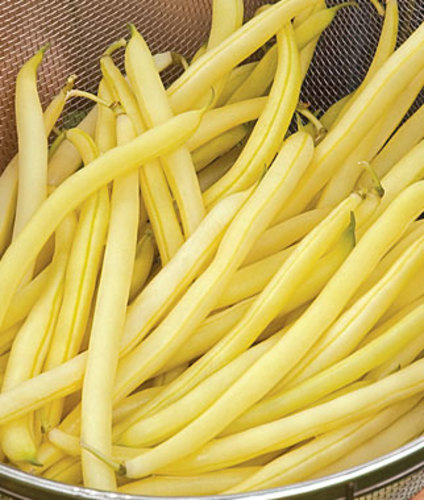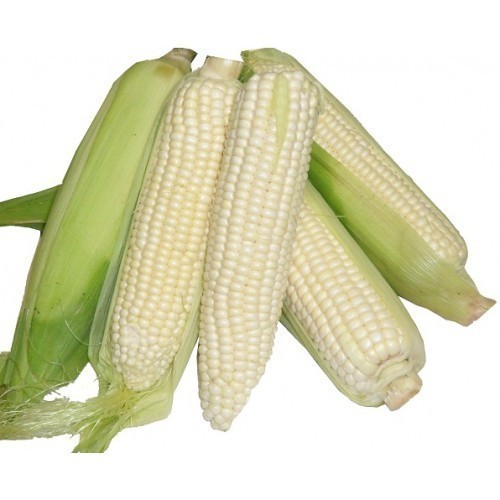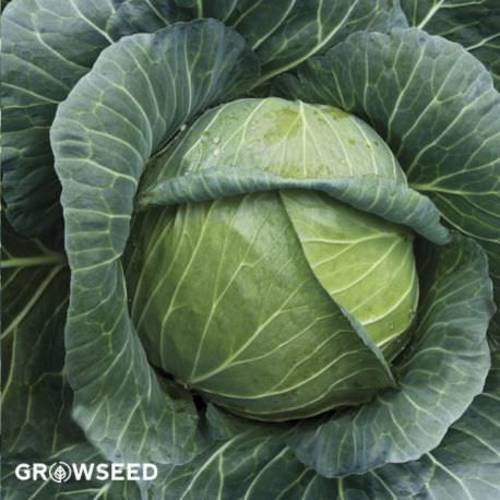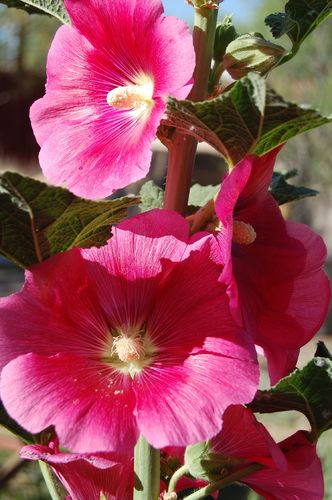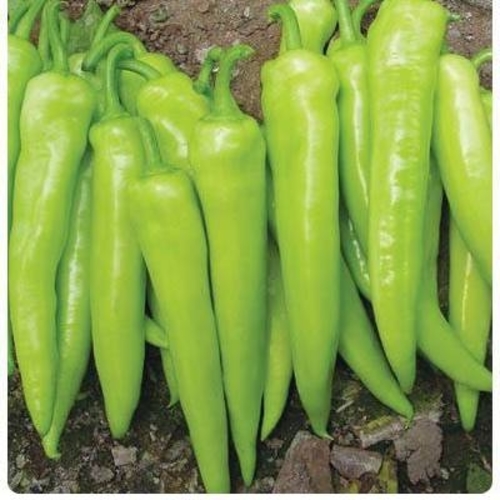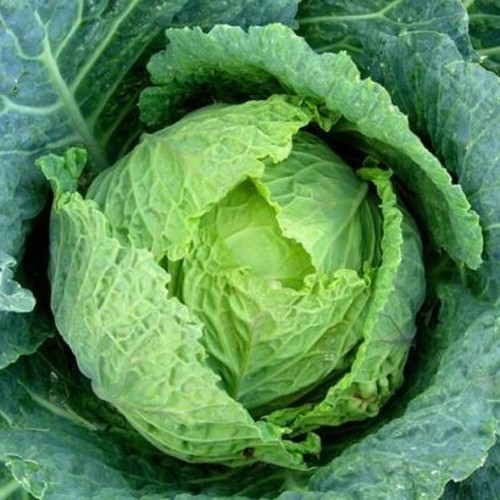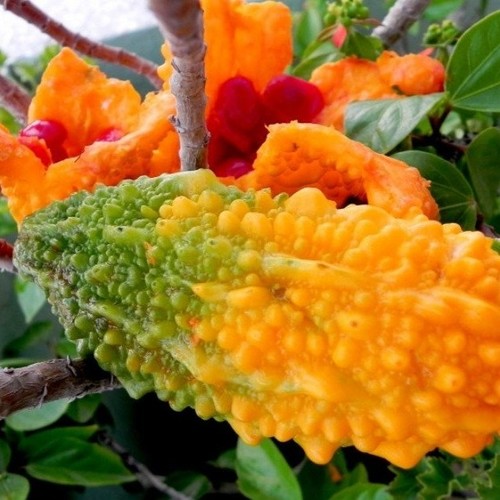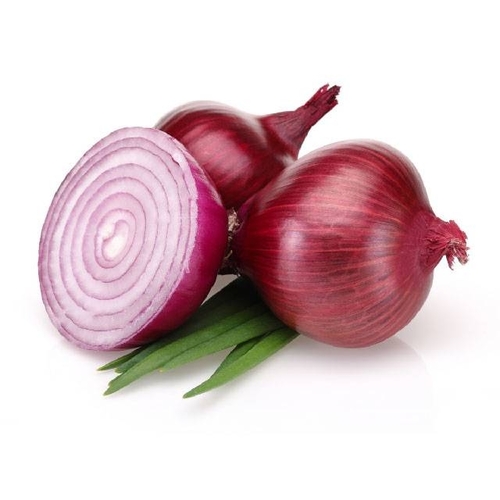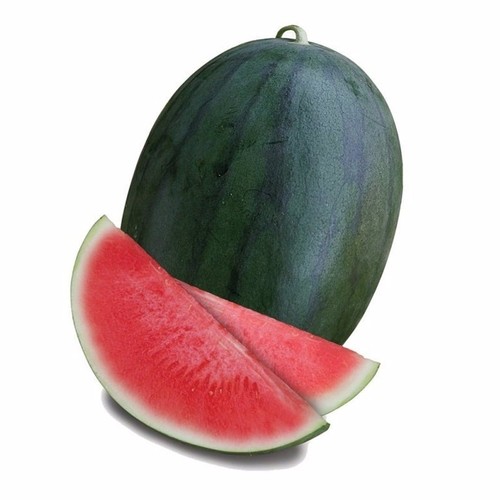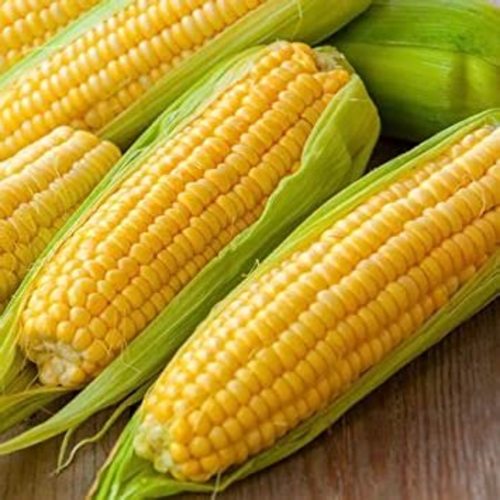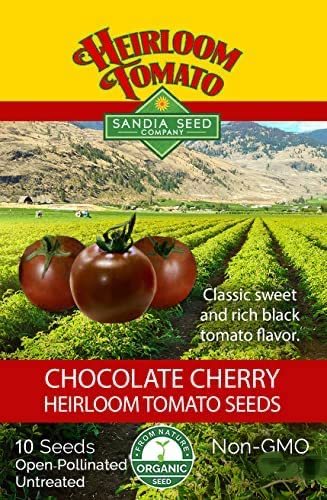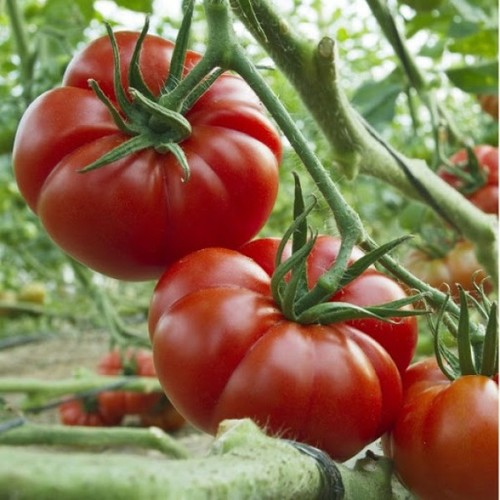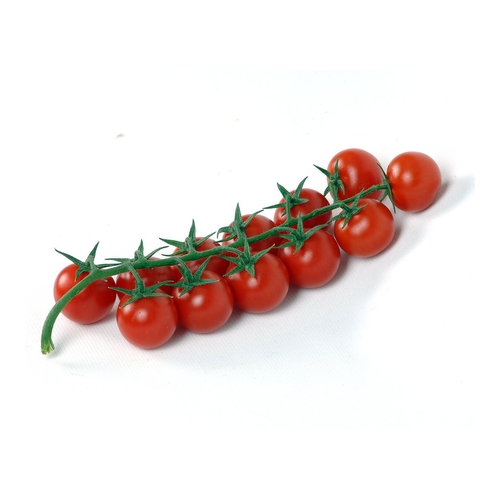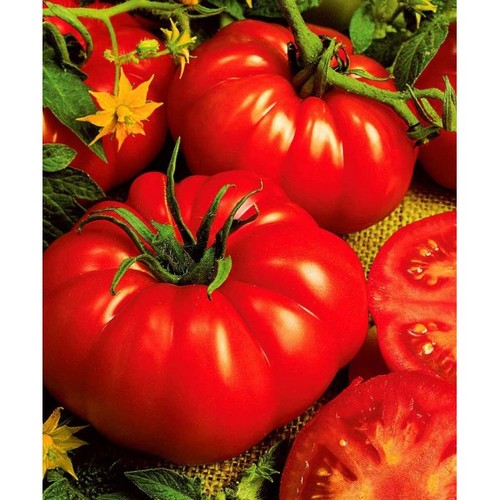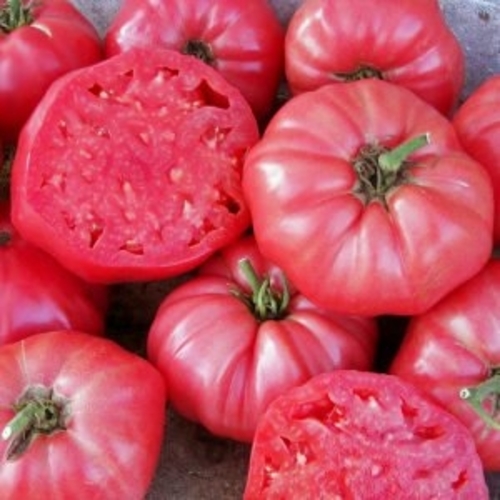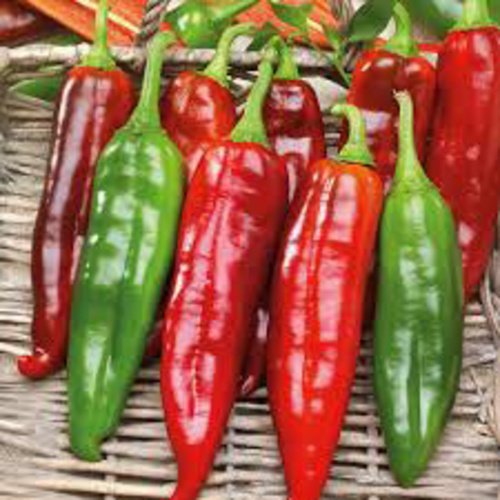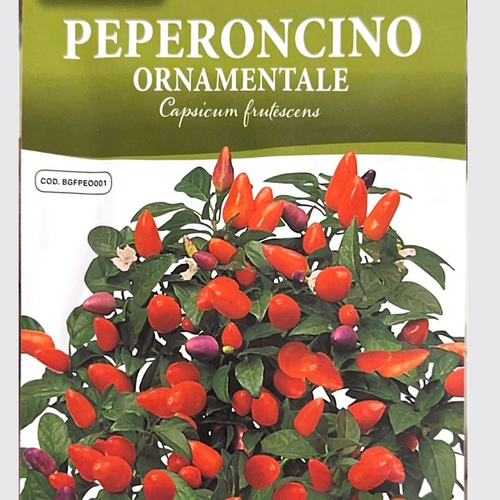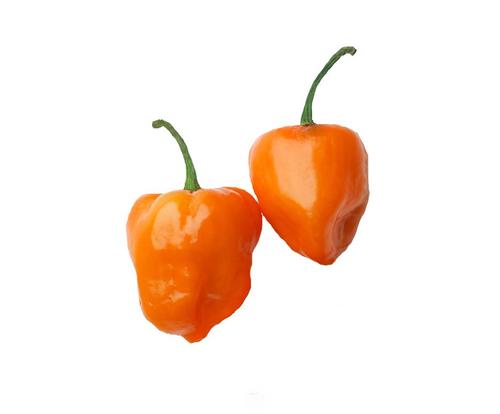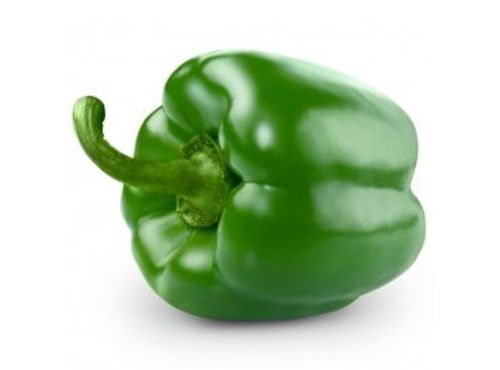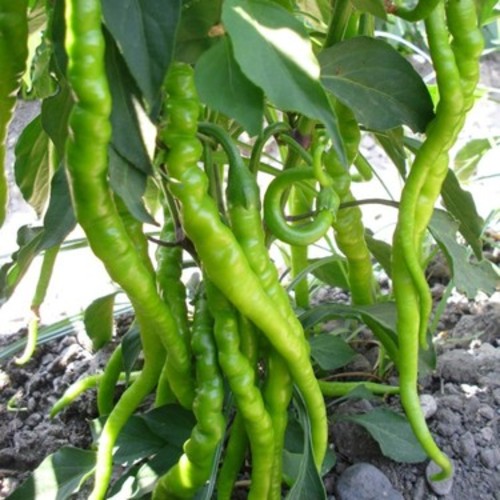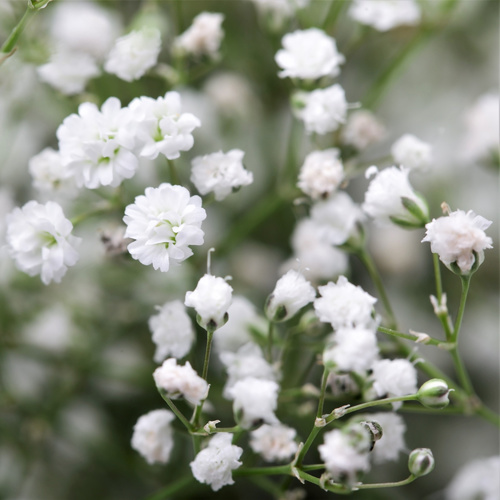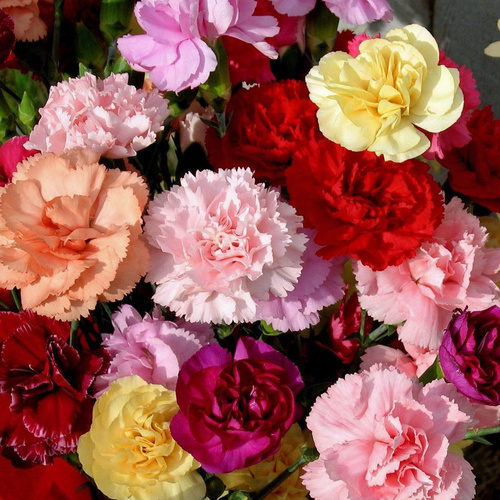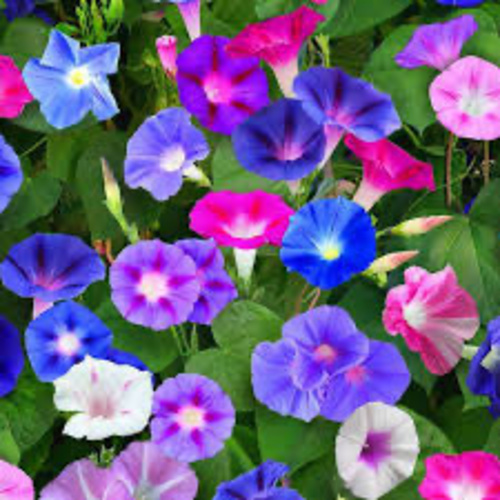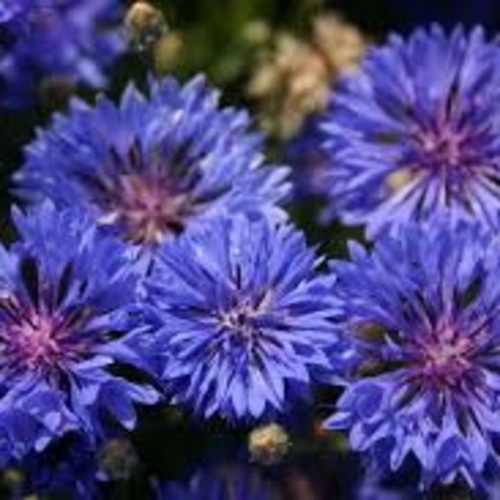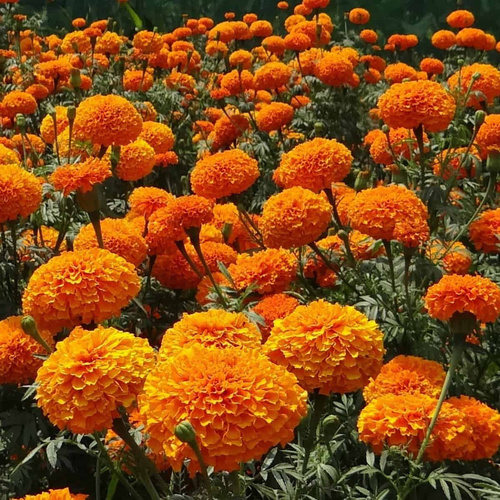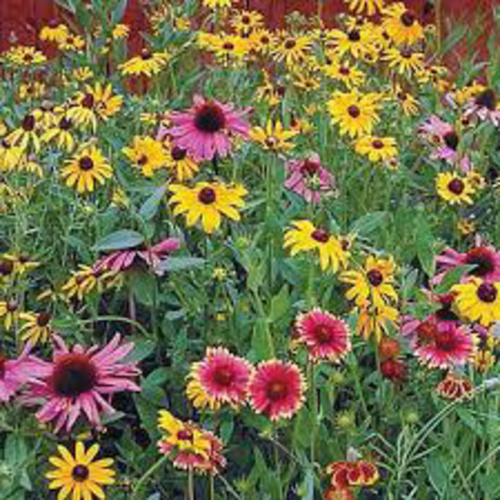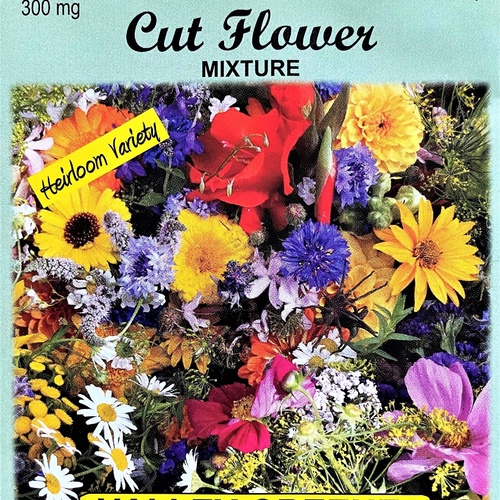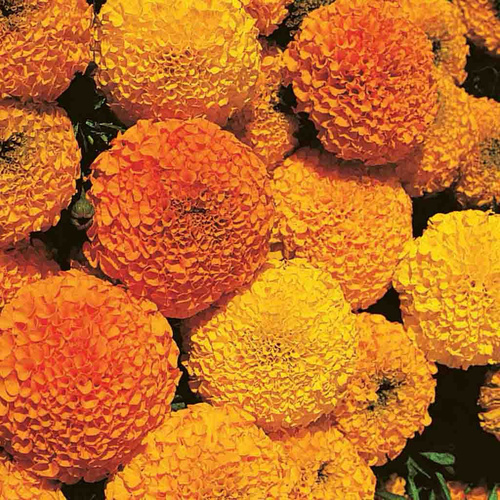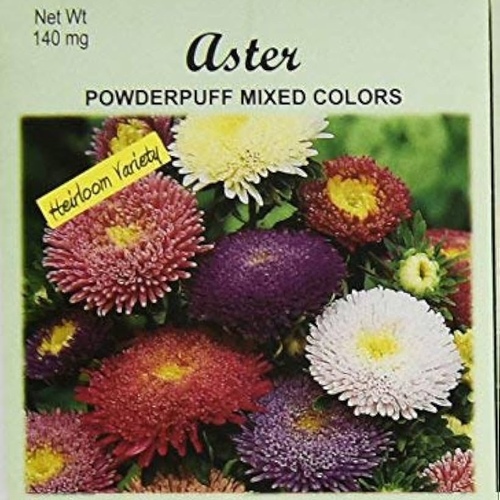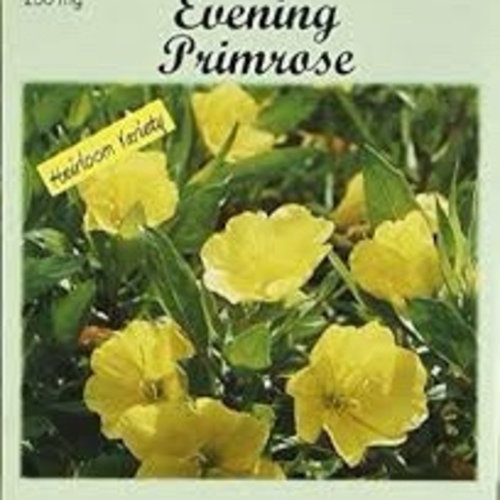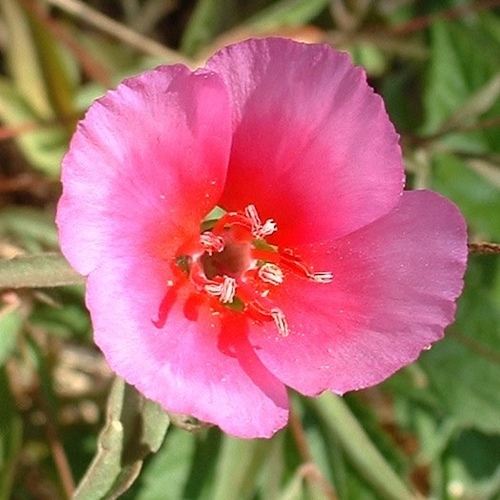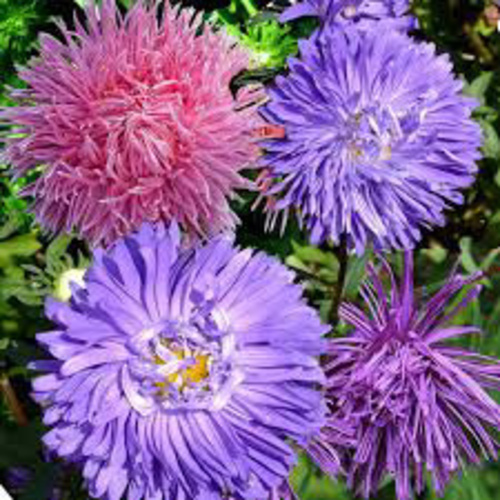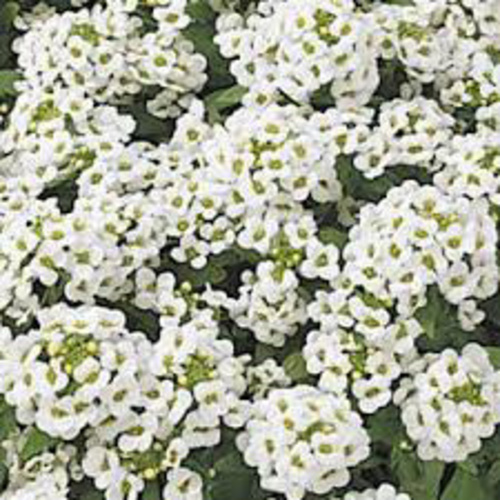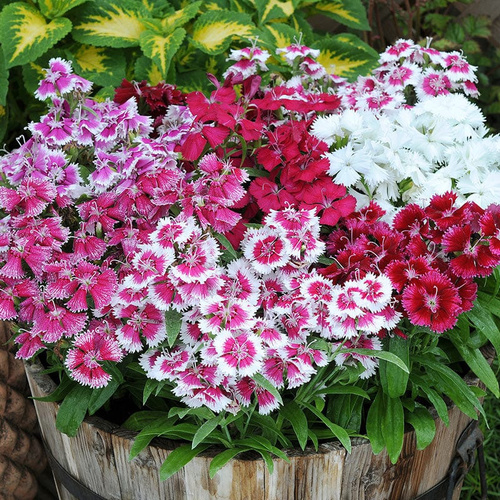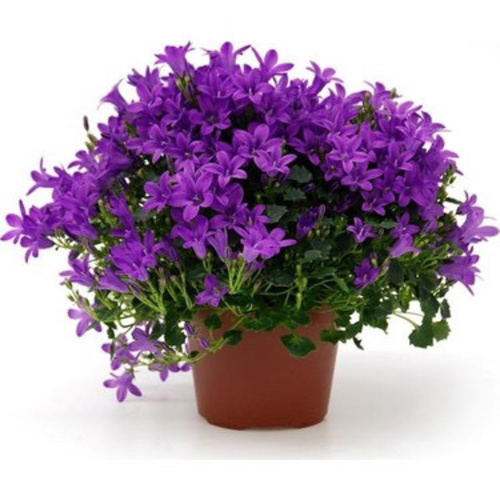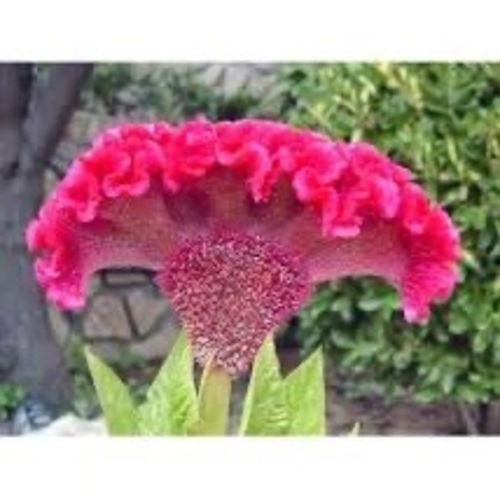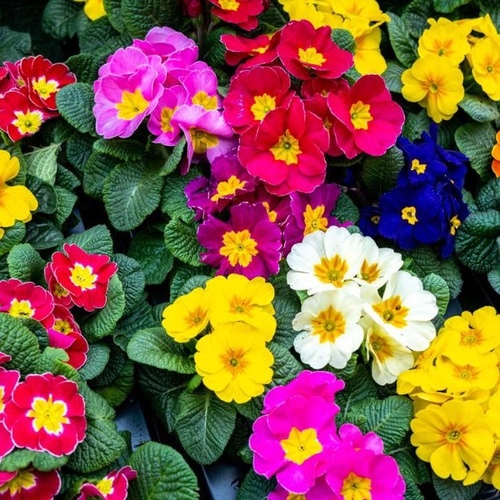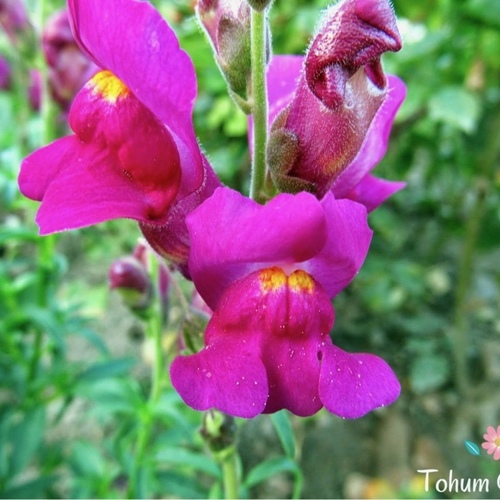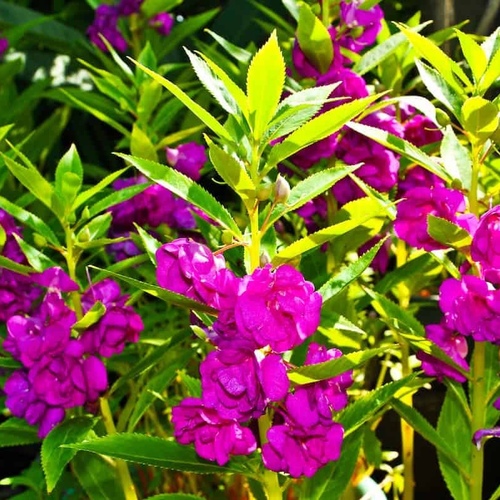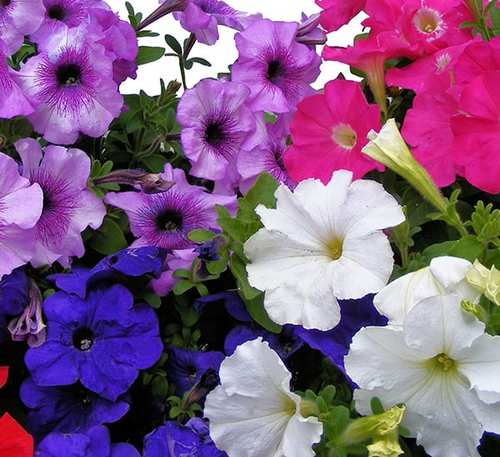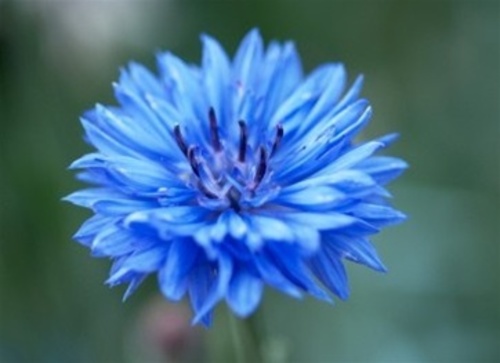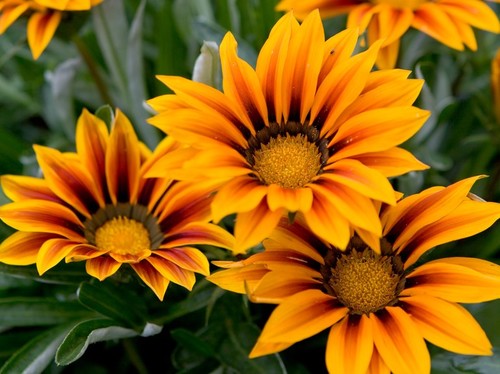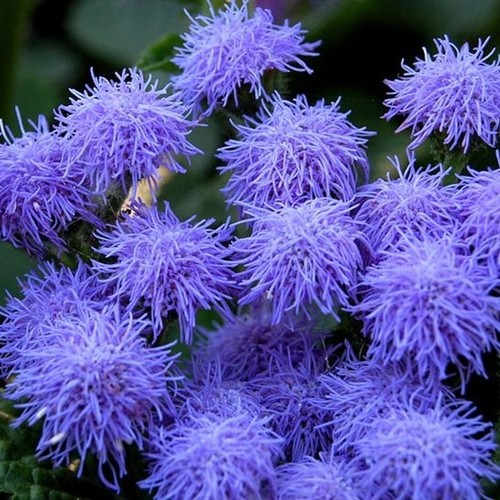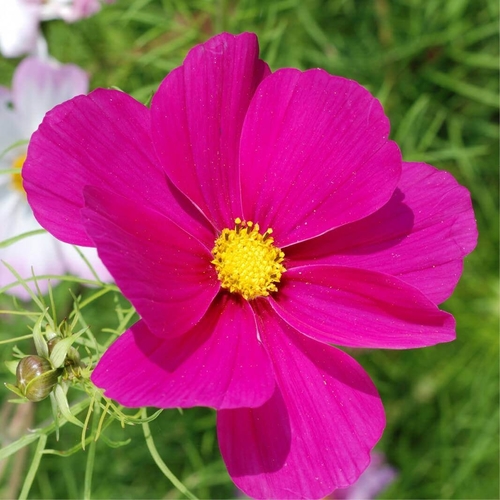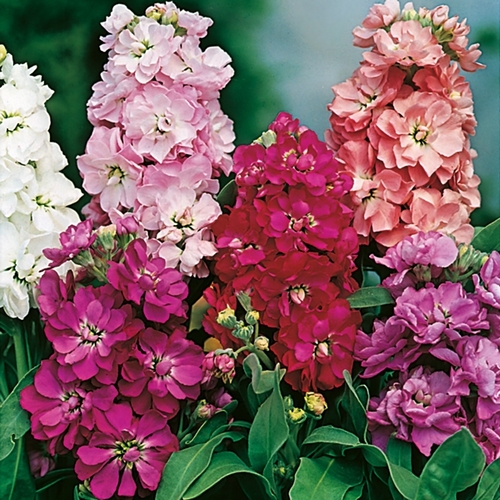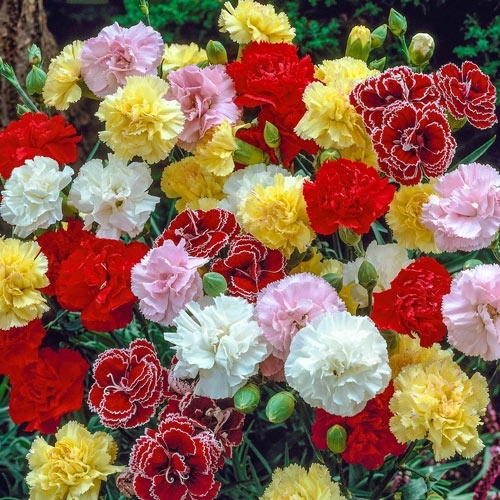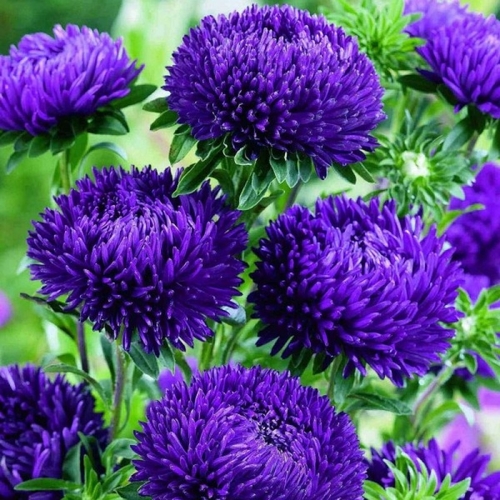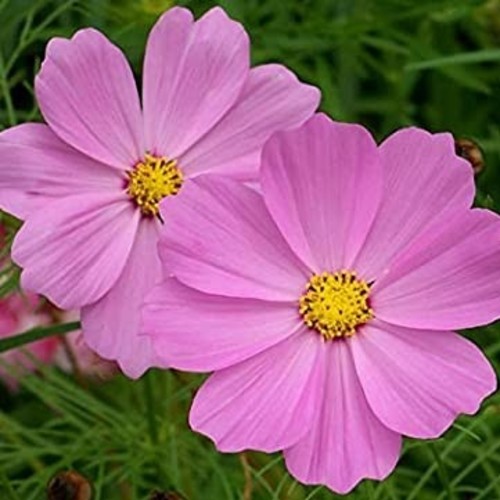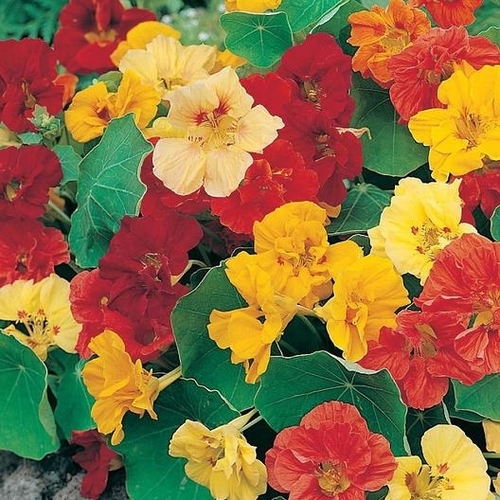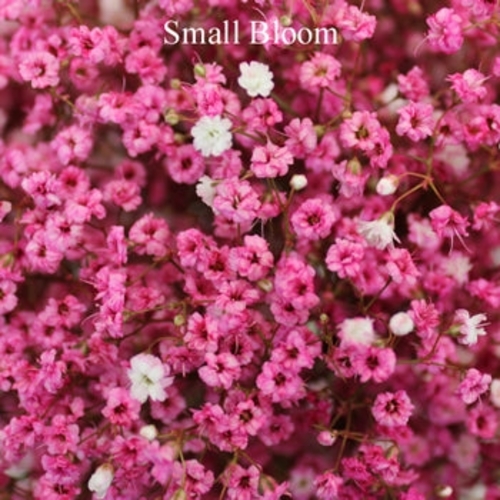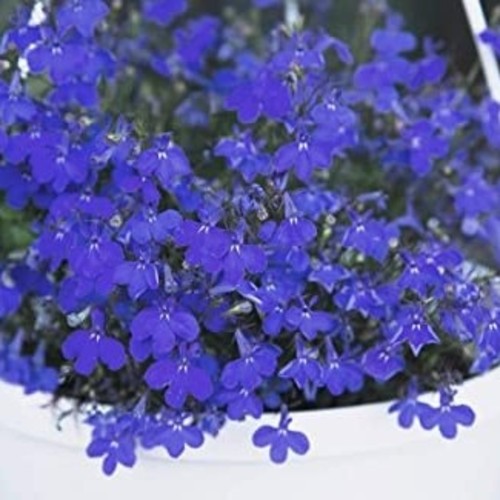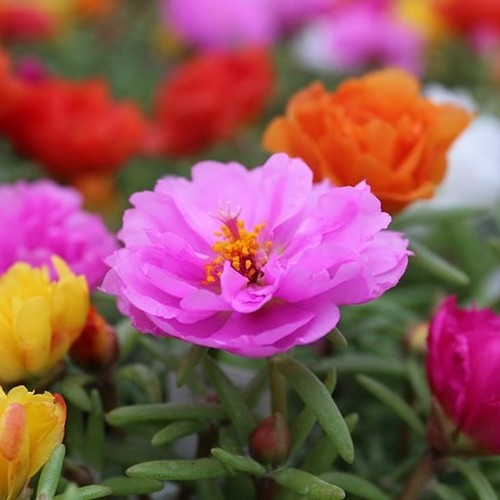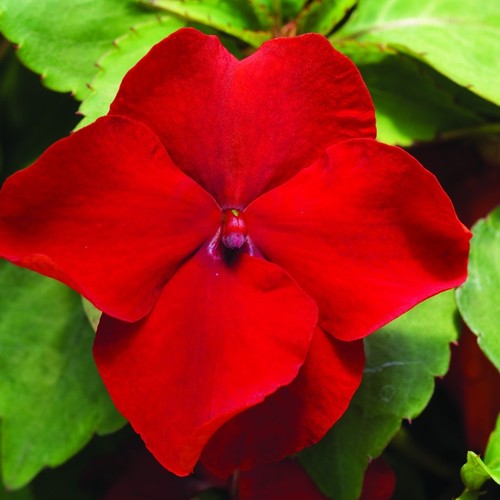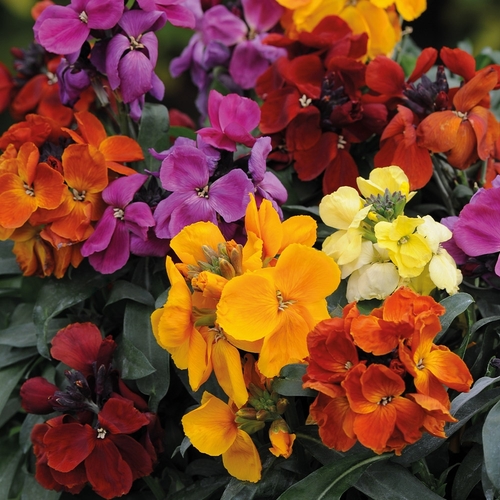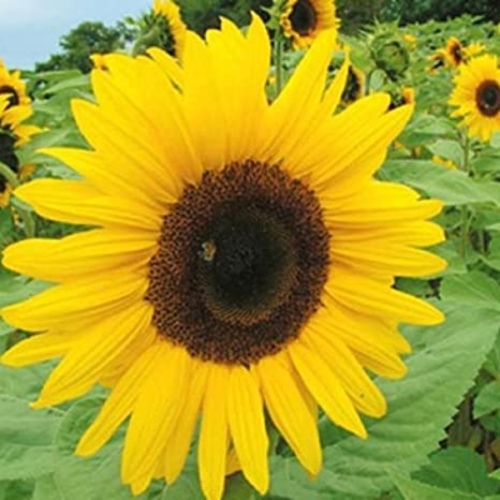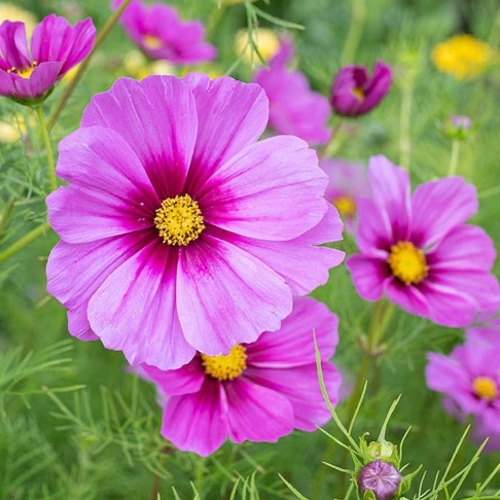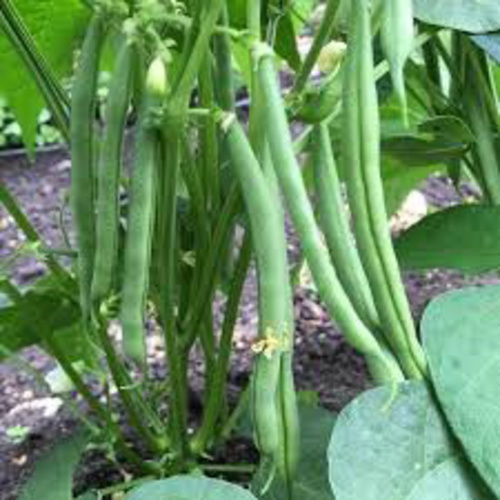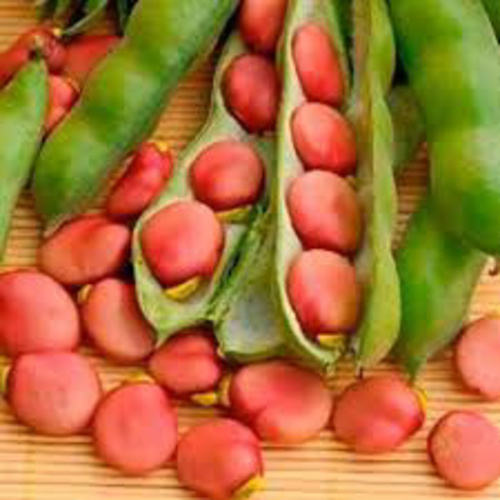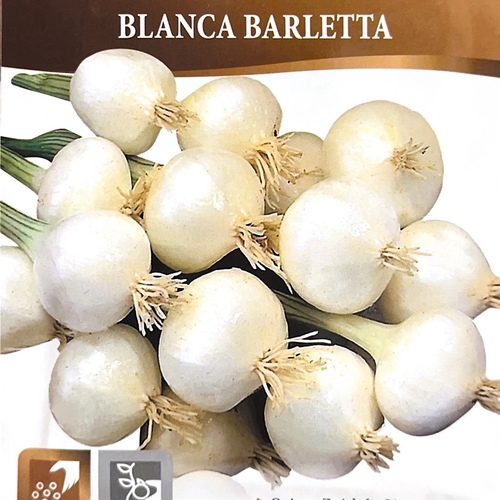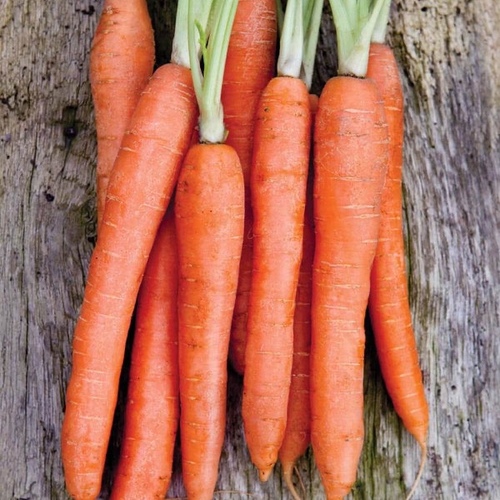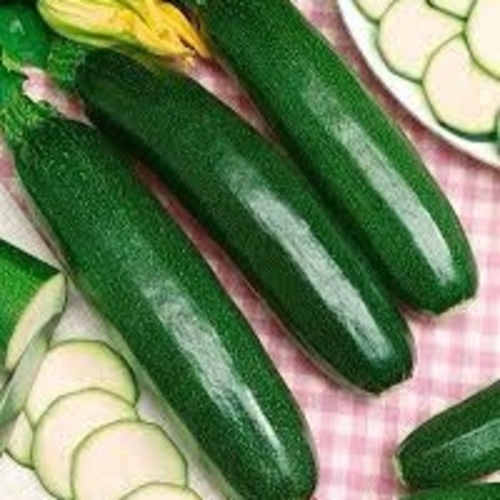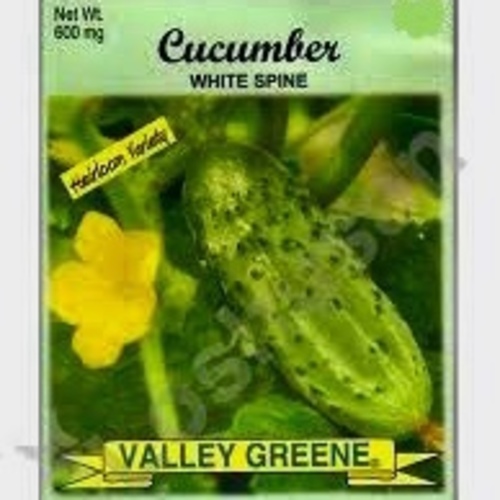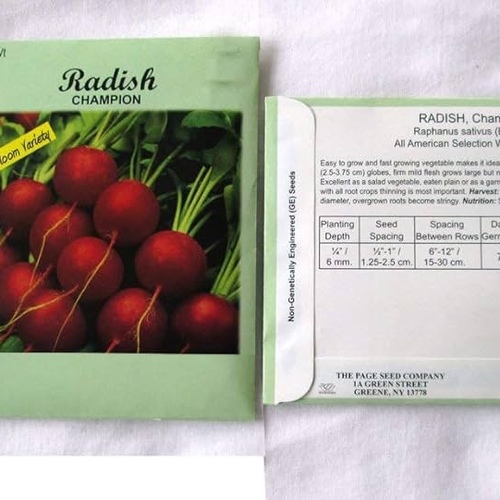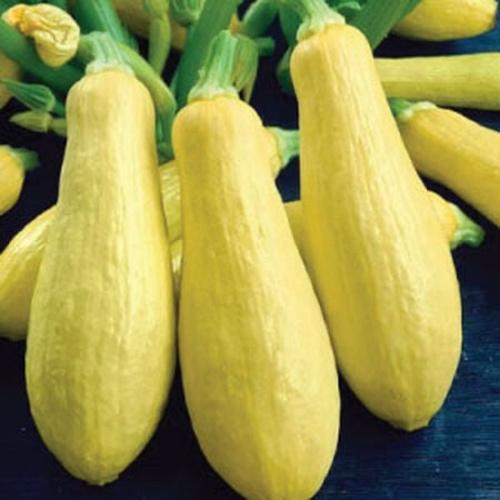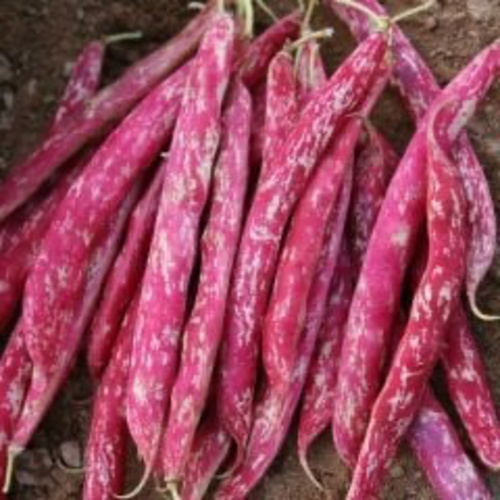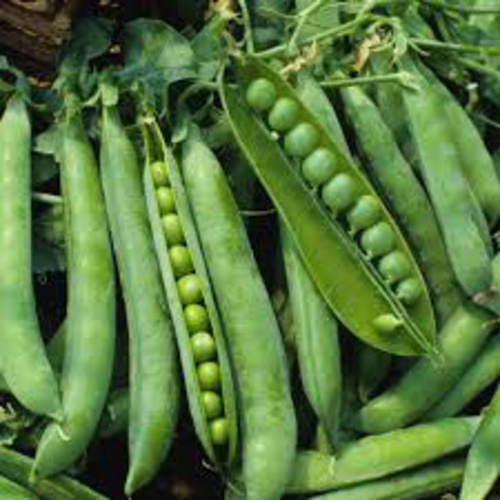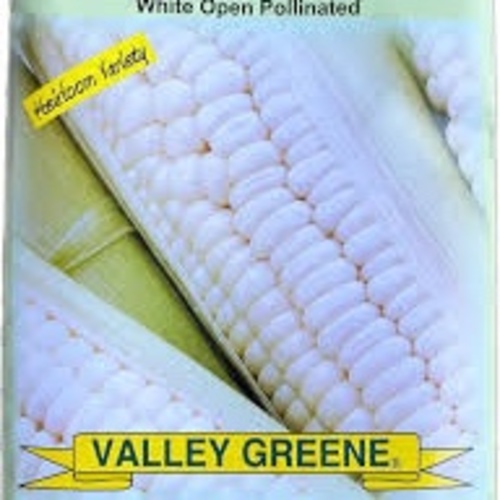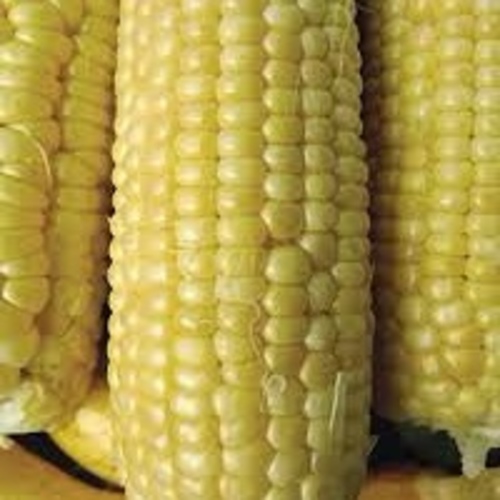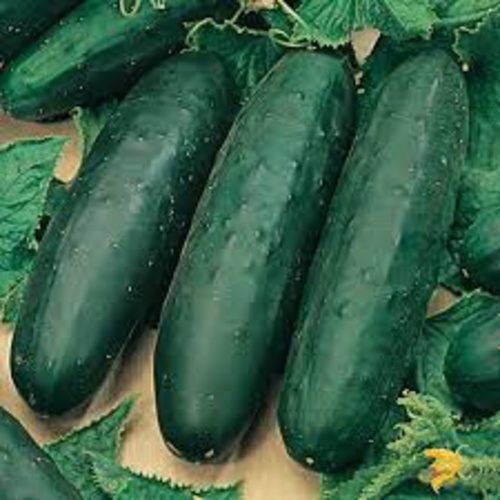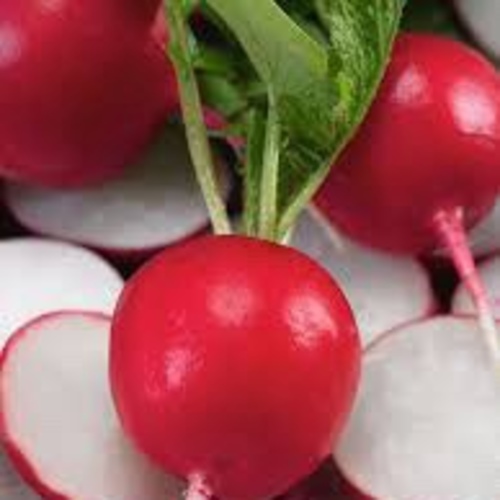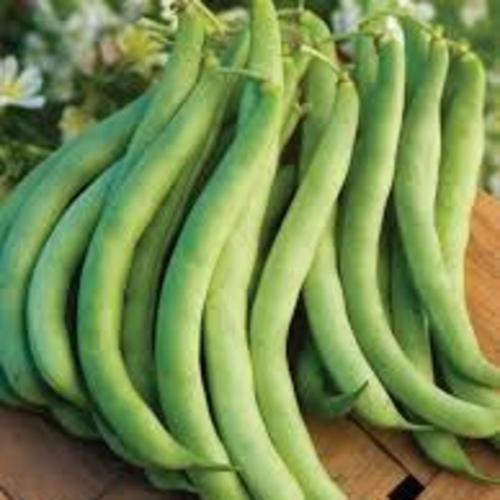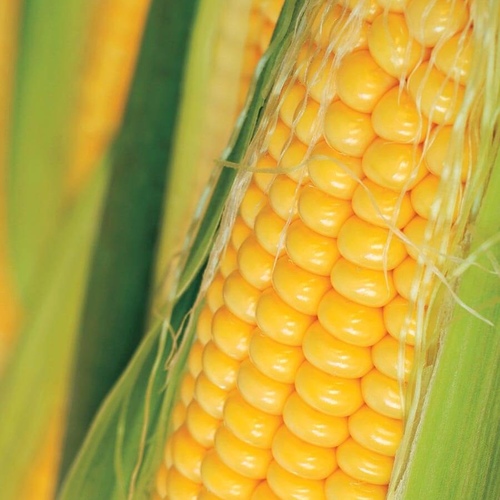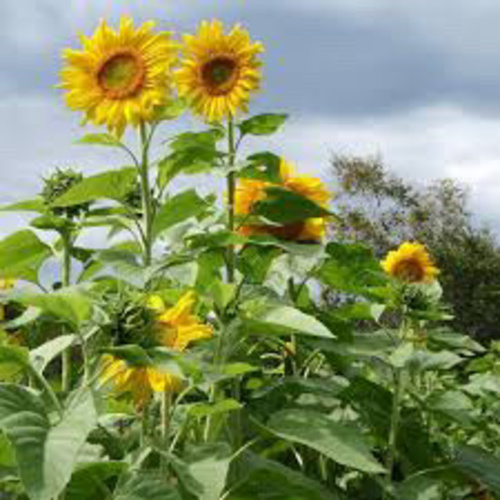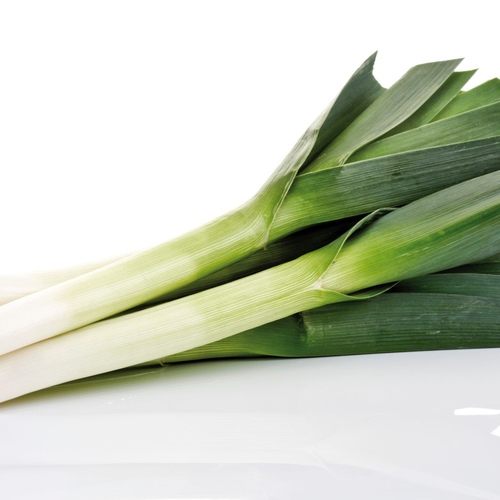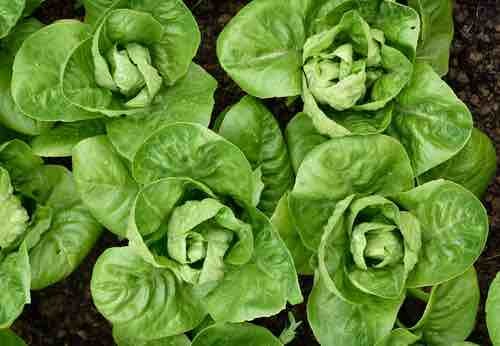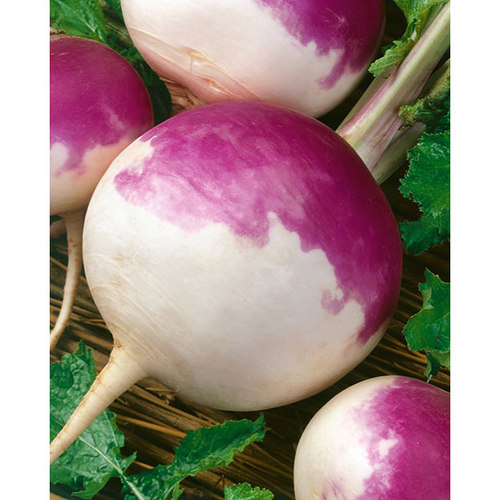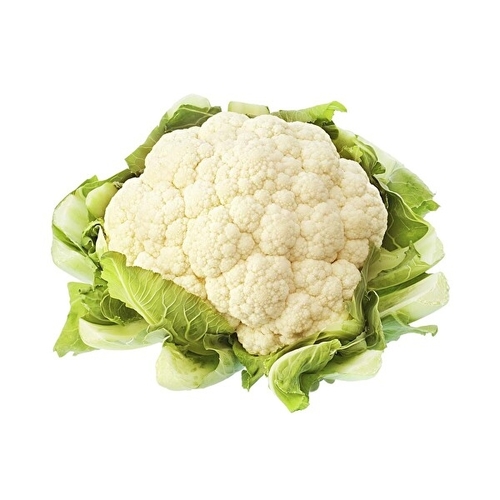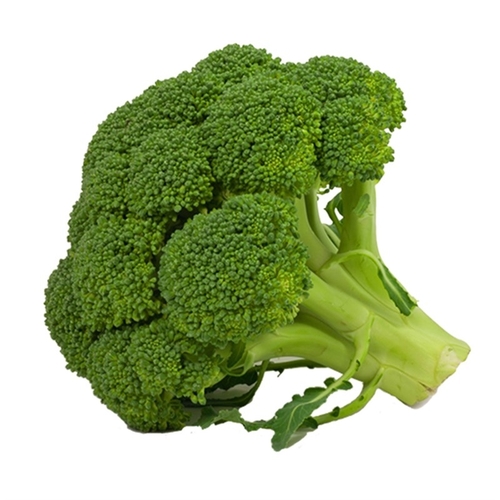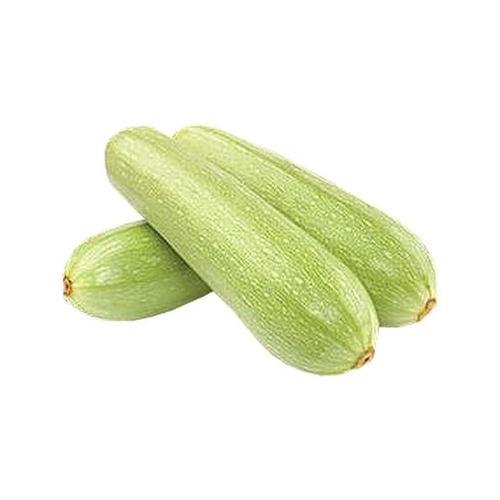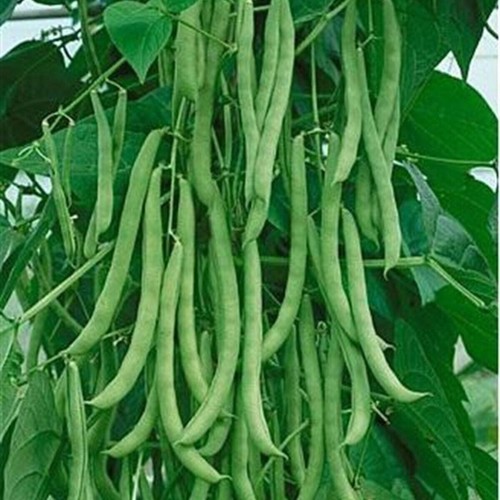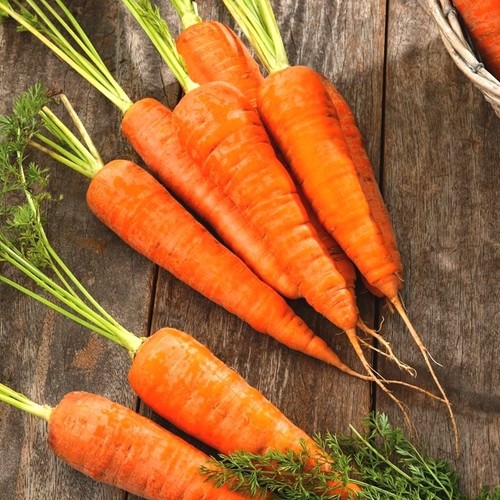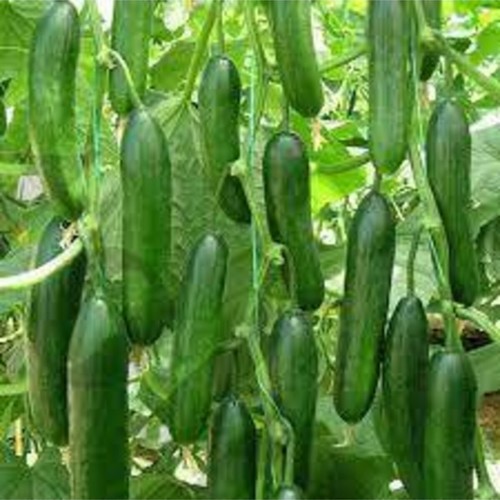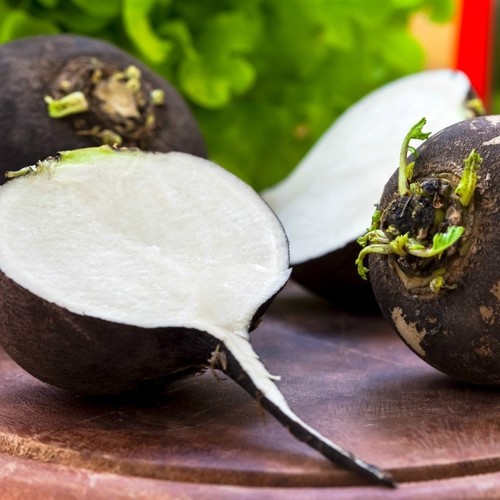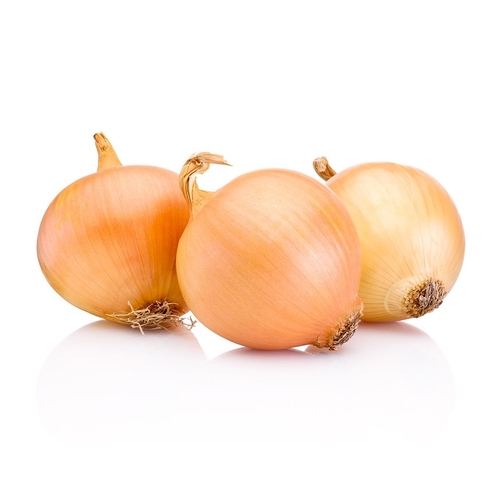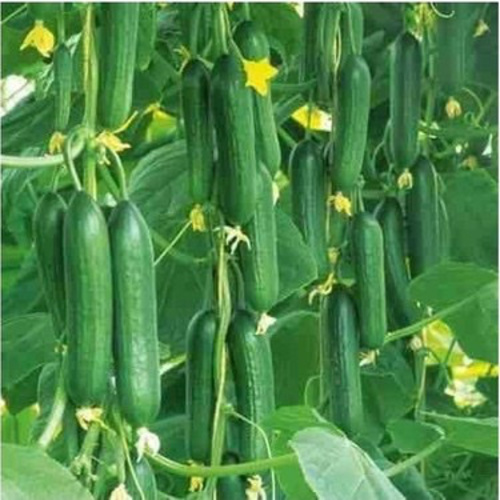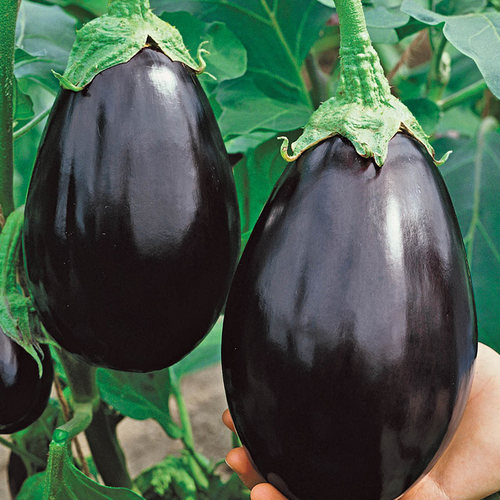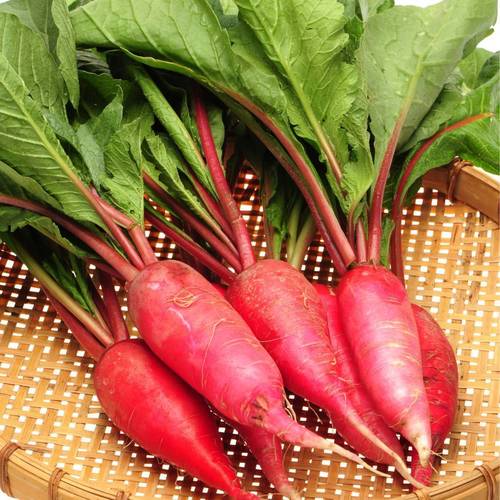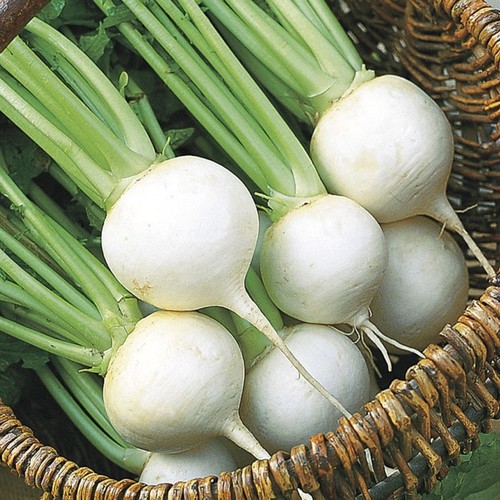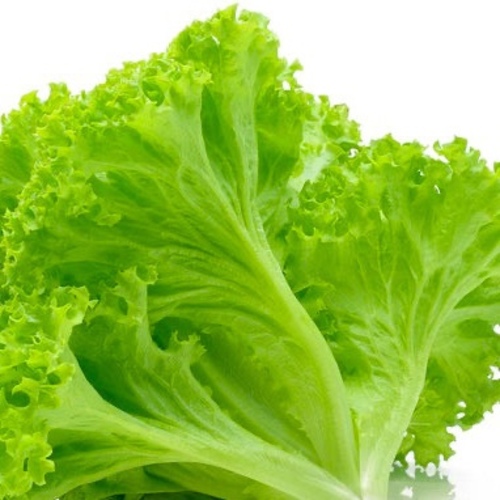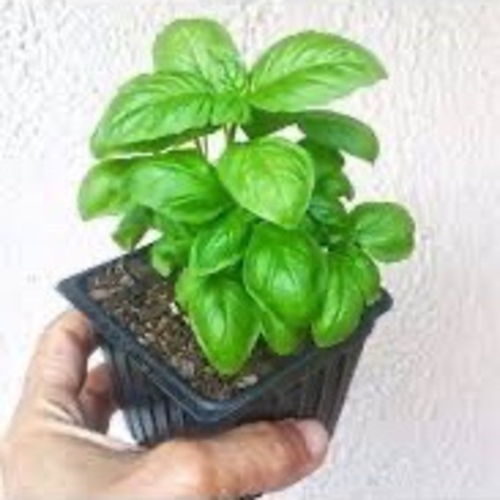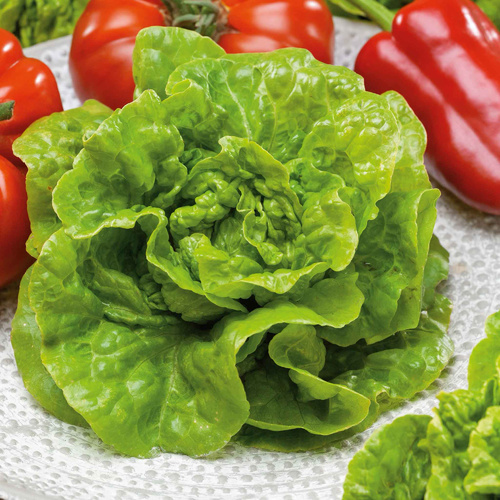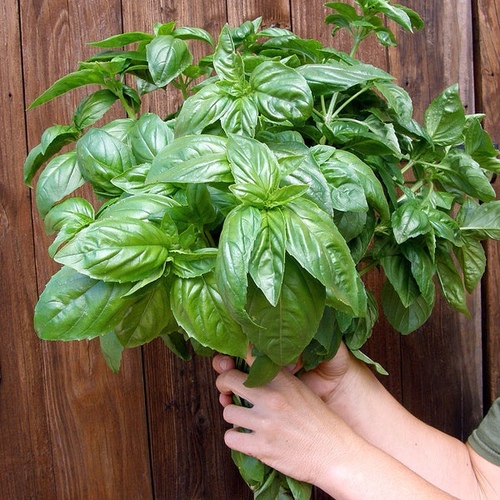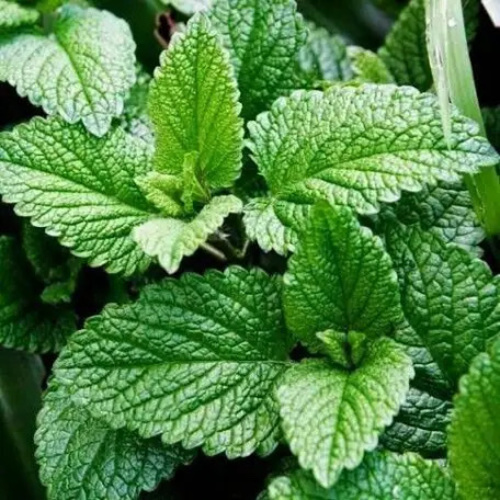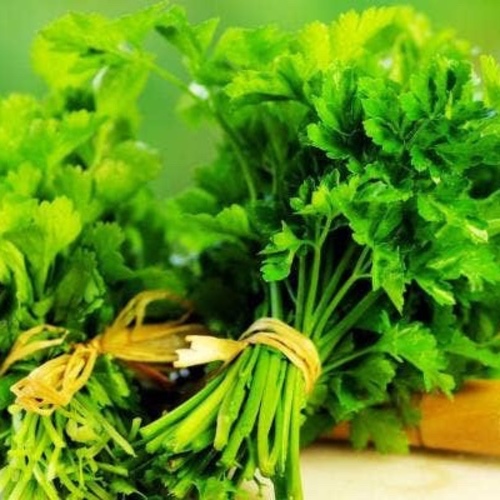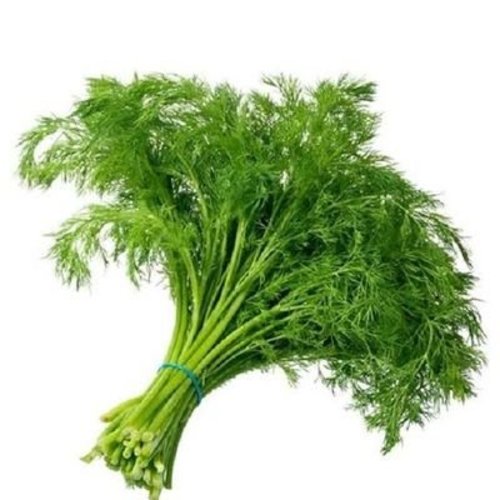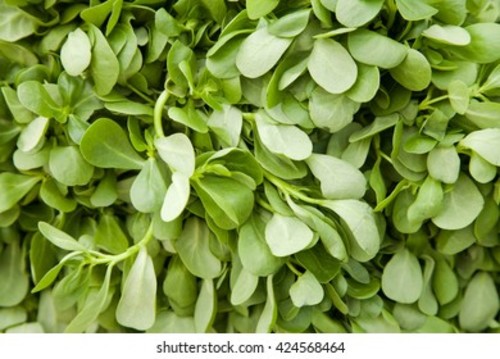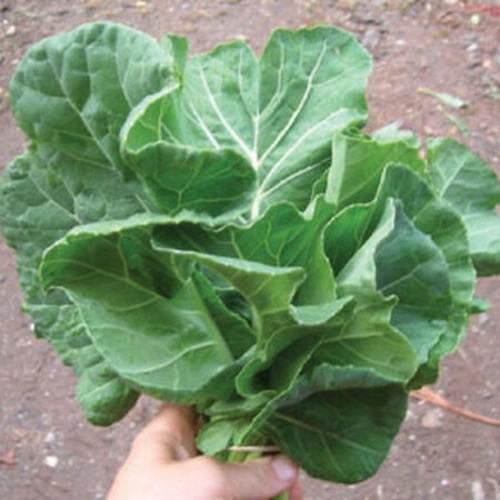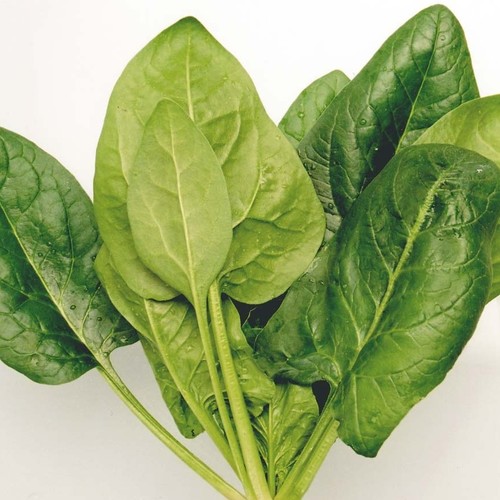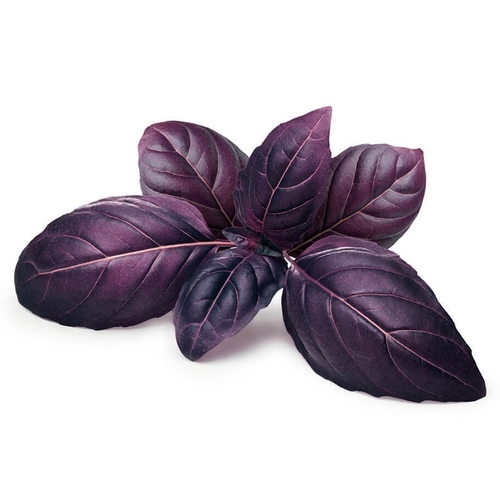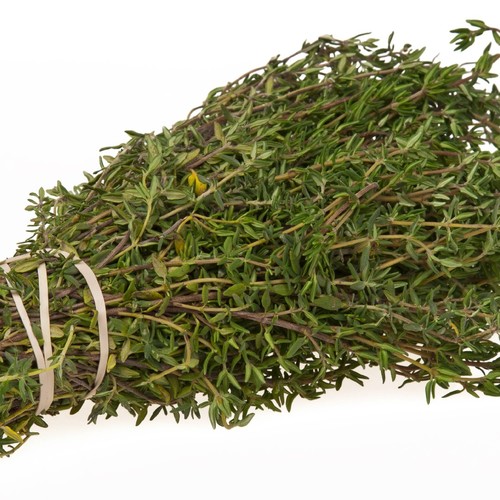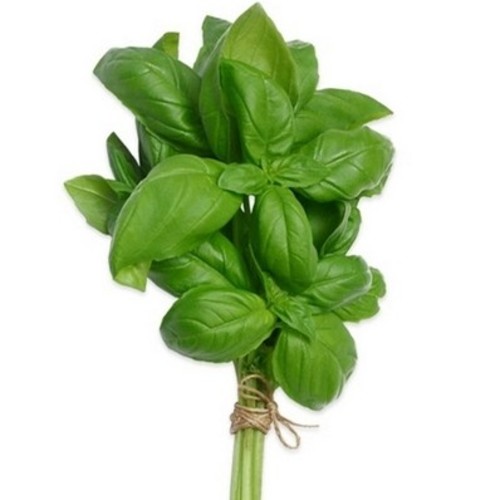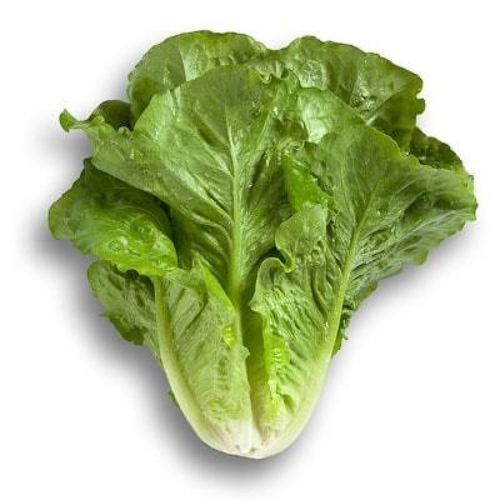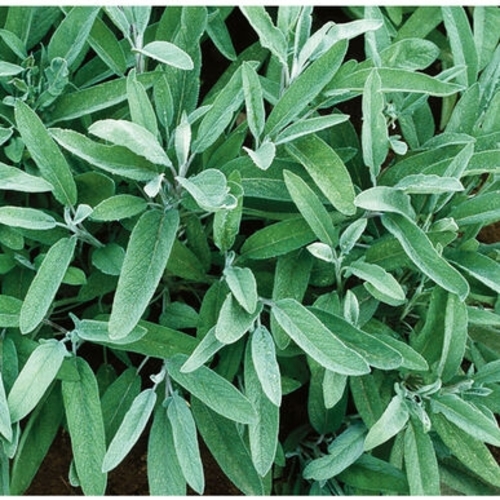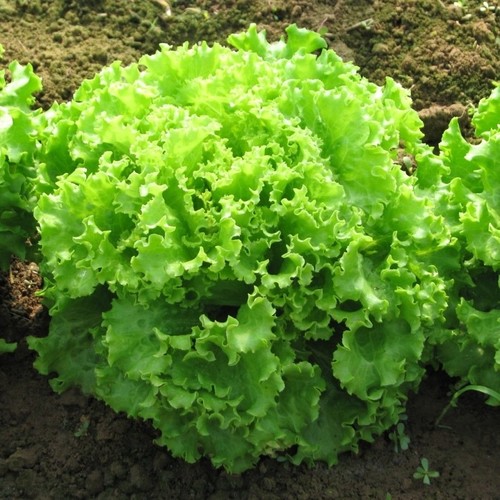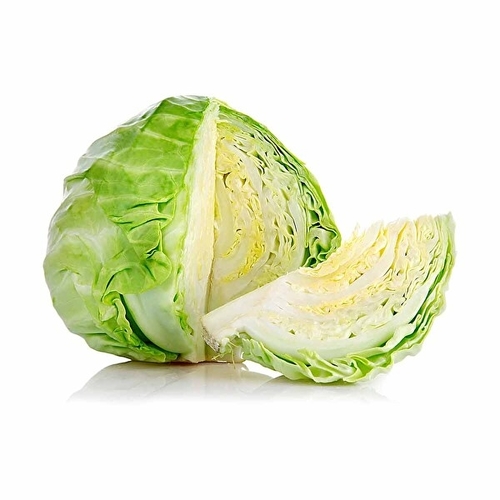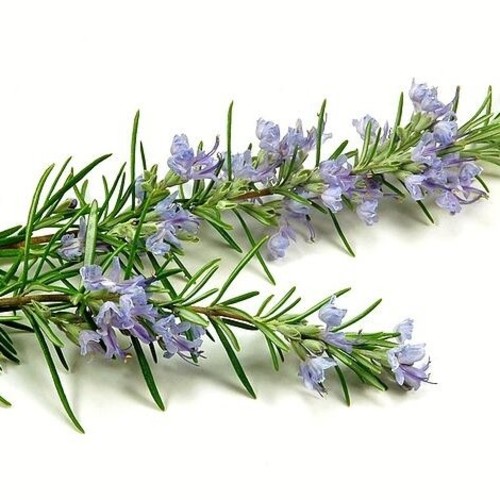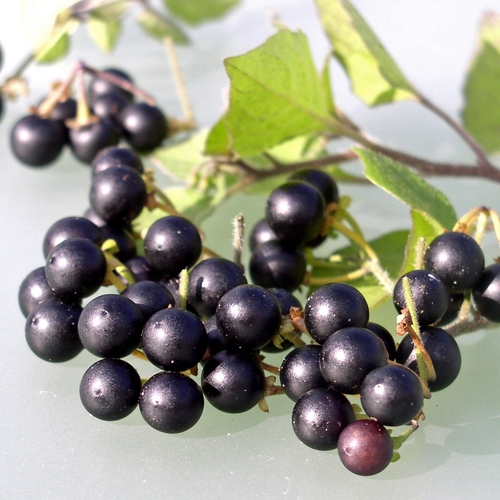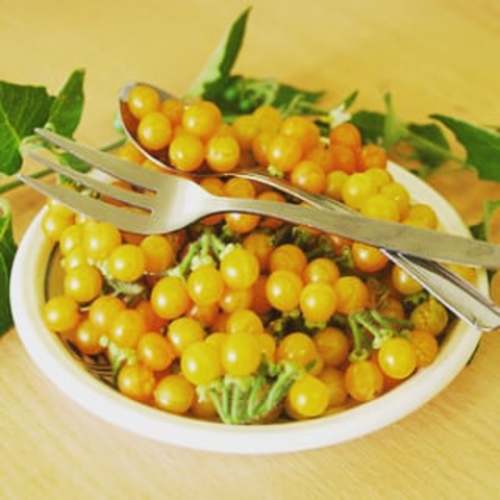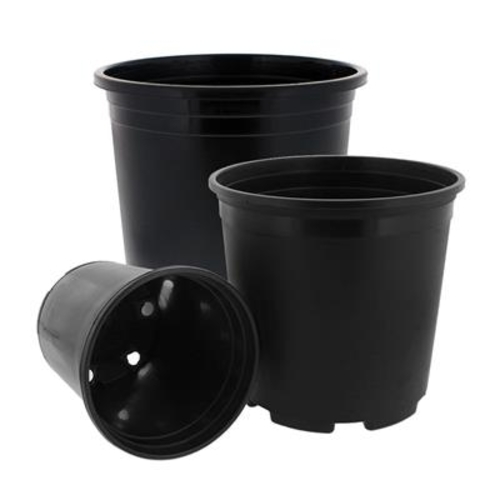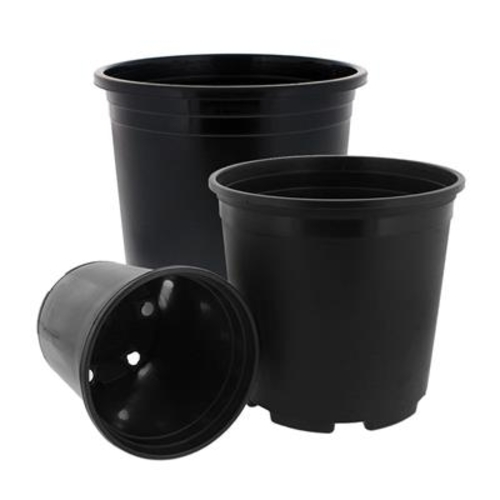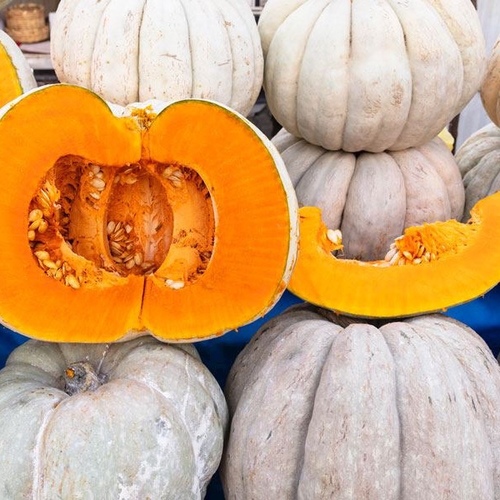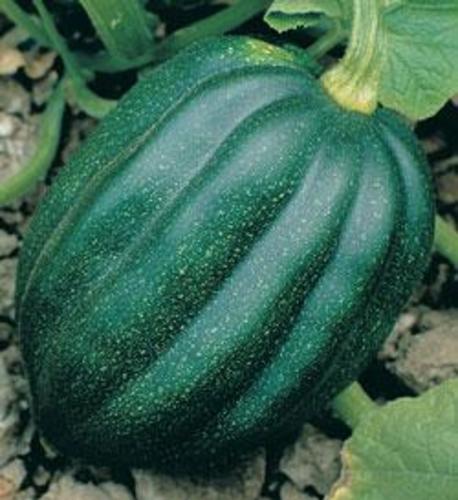
Power By MNASATI
Amazing Seeds

Mixed Colored Flowera/ Karışık Çiçeği

Karışık Çiçeği
PRODUCT DESCRIPTIONIt is the easiest ornamental plant species to grow in the garden, park or pot. It is shade and sun resistant. In this respect, it can be easily grown anywhere in the world. It is easy to maintain. It is a plant that does not require much effort. It is one of the best aspects that it does not require much maintenance.PLANTINGIt can be sown outdoors in the winter months when the conditions are met in February, March, April, May, September and October. The germination environment temperature is 20-22, the germination period is 14-21 days. The germination soil should not be too watery and should be slightly moist. Germination takes place wherever there is light.GROWINGWhen the germinated seedlings are 10-15 cm, staggering should be done.Irrigation of the seedling soil should be done by hand. Allow the seedlings to acclimate to outside conditions for 10-15 days in semi-shade before taking them out to direct sunlight. It should be grown in a sunny place during the day.
Mixed Colored Flowera/ Karışık Çiçeği - Karışık Çiçeği
PRODUCT DESCRIPTIONIt is the easiest ornamental plant species to grow in the garden, park or pot. It is shade and sun resistant. In this respect, it can be easily grown anywhere in the world. It is easy to maintain. It is a plant that does not require much effort. It is one of the best aspects that it does not require much maintenance.PLANTINGIt can be sown outdoors in the winter months when the conditions are met in February, March, April, May, September and October. The germination environment temperature is 20-22, the germination period is 14-21 days. The germination soil should not be too watery and should be slightly moist. Germination takes place wherever there is light.GROWINGWhen the germinated seedlings are 10-15 cm, staggering should be done.Irrigation of the seedling soil should be done by hand. Allow the seedlings to acclimate to outside conditions for 10-15 days in semi-shade before taking them out to direct sunlight. It should be grown in a sunny place during the day.Coffee Arabica Castillo Dwarf
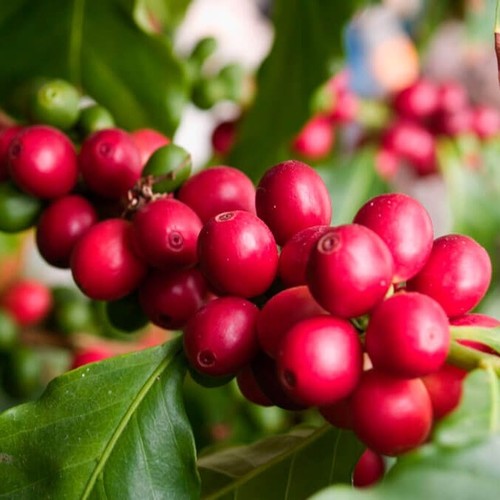
DESCRIPTIONCoffee is one of the world's favourite drinks, and also one of the most important commercial crop-plants, and actually the second most valuable international commodity. Coffee trees can be grown outside anywhere there is a subtropical climate, although they make an attractive specimen and talking point as a pot plant in cooler climes. Arabica coffee is accepted as the best of all forms and this variety is "Ethiopia Sidamo", a type grown exclusively in the Sidamo Province of Ethiopia. It produces small greyish beans, and is especially valued for its deep, spicy wine, or chocolate-like taste and floral aroma.SOWING ADVICEThese seeds have already been thoroughly cleaned and soaked overnight. They should then should be sown into a well-drained, sandy compost at any time of the year, and covered thinly with sand or grit and kept moist. Keep at between 20-25 degrees C. Seeds sometimes germinate within 2-6 months although sometimes it can be even longer please be patient. Plant them flat side down in a larger container with a humus rich medium to keep them moist and then keep warm and light.
Coffee Arabica Castillo Dwarf - DESCRIPTIONCoffee is one of the world's favourite drinks, and also one of the most important commercial crop-plants, and actually the second most valuable international commodity. Coffee trees can be grown outside anywhere there is a subtropical climate, although they make an attractive specimen and talking point as a pot plant in cooler climes. Arabica coffee is accepted as the best of all forms and this variety is "Ethiopia Sidamo", a type grown exclusively in the Sidamo Province of Ethiopia. It produces small greyish beans, and is especially valued for its deep, spicy wine, or chocolate-like taste and floral aroma.SOWING ADVICEThese seeds have already been thoroughly cleaned and soaked overnight. They should then should be sown into a well-drained, sandy compost at any time of the year, and covered thinly with sand or grit and kept moist. Keep at between 20-25 degrees C. Seeds sometimes germinate within 2-6 months although sometimes it can be even longer please be patient. Plant them flat side down in a larger container with a humus rich medium to keep them moist and then keep warm and light.Tomato Early Treat Hybrid
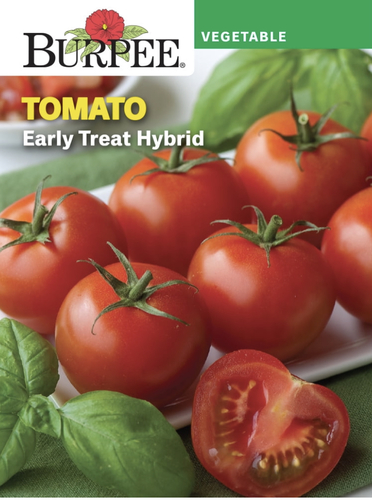
If you can't wait for your harvest of summer tomatoes, Early Treat is for you. Extra-early plants produce plentiful clusters of tasty, 4 oz. deep red fruits just 49 days after transplanting seedlings into the garden. Indeterminate. For larger, cleaner, more perfect fruits, support plants as they grow. Loved by gardens and trusted by gardeners, Burpee© has been introducing fresh garden breakthroughs since 1876. Burpee offers only the highest quality, non-GMO seeds, hand-picked by expert horticulturalists to thrive in your home garden. • Extra-early producing tomato plants • Sow tomato seeds indoors 6-8 weeks before average last frost date; transplant outdoors • Sunlight Needs: Full sun • Ready to harvest in 49 days • Annual for all growing zones from 1-11
Tomato Early Treat Hybrid - If you can't wait for your harvest of summer tomatoes, Early Treat is for you. Extra-early plants produce plentiful clusters of tasty, 4 oz. deep red fruits just 49 days after transplanting seedlings into the garden. Indeterminate. For larger, cleaner, more perfect fruits, support plants as they grow. Loved by gardens and trusted by gardeners, Burpee© has been introducing fresh garden breakthroughs since 1876. Burpee offers only the highest quality, non-GMO seeds, hand-picked by expert horticulturalists to thrive in your home garden. • Extra-early producing tomato plants • Sow tomato seeds indoors 6-8 weeks before average last frost date; transplant outdoors • Sunlight Needs: Full sun • Ready to harvest in 49 days • Annual for all growing zones from 1-11Beam's Yellow Pear Tomato organic / Sandia
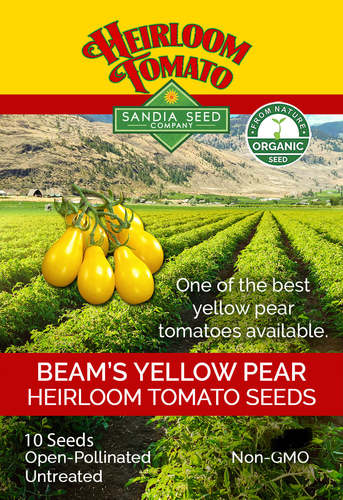
DESCRIPTIONAn impressive-cropping tomato giving an almost endless supply of big symmetrical trusses of baby, pear-shaped golden fruits. These grow on attractive and truly impressive heavy trusses of pendent fruits. They are lovely for eating, just like grapes, straight off the vine! A superb salad tomato. (Cordon)SOWING ADVICESeeds are surface-sown or covered only slightly. Do not allow the soil to dry out. Containers are held in warm conditions until sprouts appear, which may take anywhere from 3-10 days. Move sprouting plantings immediately to bright light conditions, such as a south-facing window. Inadequate light is a frequent cause of failure of young seedlings. At about the time of last frost, set out seedlings into pots.
Beam's Yellow Pear Tomato organic / Sandia - DESCRIPTIONAn impressive-cropping tomato giving an almost endless supply of big symmetrical trusses of baby, pear-shaped golden fruits. These grow on attractive and truly impressive heavy trusses of pendent fruits. They are lovely for eating, just like grapes, straight off the vine! A superb salad tomato. (Cordon)SOWING ADVICESeeds are surface-sown or covered only slightly. Do not allow the soil to dry out. Containers are held in warm conditions until sprouts appear, which may take anywhere from 3-10 days. Move sprouting plantings immediately to bright light conditions, such as a south-facing window. Inadequate light is a frequent cause of failure of young seedlings. At about the time of last frost, set out seedlings into pots.TOMATO Jet Star F1 Organic Sandia
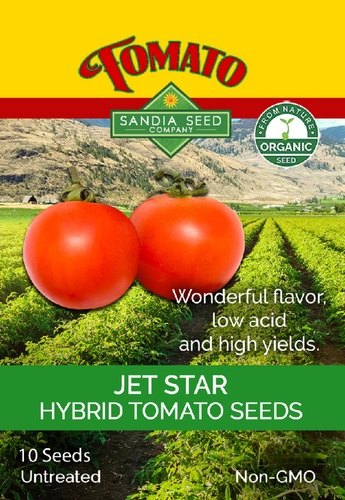
One of the most popular tomatoes at farmers' markets because it is so easy to grow, has a sweet flavor, and is uniformly red. Its yields are strong throughout the season. In addition, these tomatoes are versatile and produce in a wide variety of climates. They are both heat-tolerant and can tolerate colder climates. History: The Jet Star hybrid tomato has been around for a long time, being first introduced by Joseph Harris Co. Seed Catalog 1969. In 1879, Joseph opened the Harris Seed Co. at Moreton Farm. He offered a 44-page catalog free of charge and sent out 30,000 copies. In 1880, he built his first seed house, and by 1890 the mail-order business was so profitable that a postal station was established at the farm. Organic Non-GMO, Hybrid (72 days) Plant Habit: Indeterminate Plant Size: 3’. Fruit Color: Red. Shape: Round. Size: 8 oz. 10 seeds All of our seeds are GMO-free.
TOMATO Jet Star F1 Organic Sandia - One of the most popular tomatoes at farmers' markets because it is so easy to grow, has a sweet flavor, and is uniformly red. Its yields are strong throughout the season. In addition, these tomatoes are versatile and produce in a wide variety of climates. They are both heat-tolerant and can tolerate colder climates. History: The Jet Star hybrid tomato has been around for a long time, being first introduced by Joseph Harris Co. Seed Catalog 1969. In 1879, Joseph opened the Harris Seed Co. at Moreton Farm. He offered a 44-page catalog free of charge and sent out 30,000 copies. In 1880, he built his first seed house, and by 1890 the mail-order business was so profitable that a postal station was established at the farm. Organic Non-GMO, Hybrid (72 days) Plant Habit: Indeterminate Plant Size: 3’. Fruit Color: Red. Shape: Round. Size: 8 oz. 10 seeds All of our seeds are GMO-free.Channakali Tomato F1 / GANIYY Çanakkale Tarla Tomatoes F1
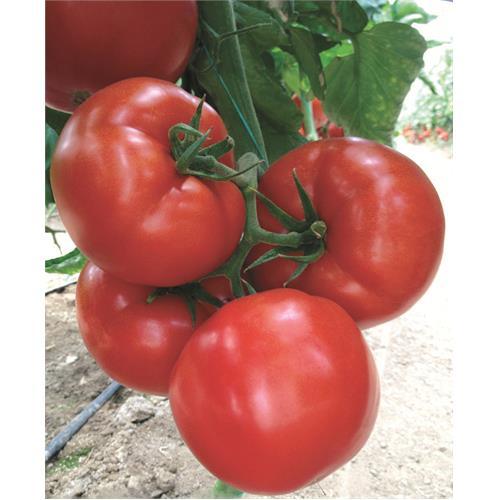
Seed sowing If the seedling growing material is annealed, there is no need for irrigation. Otherwise, seedling bags or seedling growing containers filled with seedling growing material need to be well watered and then seed sown. Planting the seeds after soaking for 3-4 hours facilitates germination. Seeds should be sown at an average depth of 1 cm. It is beneficial to water it lightly again after planting the seed. Planting is usually about 7-8 weeks after seed planting. In other words, if the last frost threat at your location is the 15th of April, count backwards 7-8 weeks and you can start planting seeds from the date you get them. The optimum soil temperature for the germination of seeds should be 12-15 degrees. At these temperatures, seeds germinate in 5-13 days. The best time to transplant tomato seedlings is when the cotyledon leaves have completed their full development and are parallel to the ground. Healthy and fully developed seedlings should be surprised. How is it germinated? Generally, mixtures such as (peat, perlite, vermiculite) or (peat, perlite, soil) or (burnt animal manure, sand, soil) are used in seedling cultivation. 1:1:1 ratio is used in the mixture of burnt animal manure, sand and soil. 2:1:1 ratio is used in peat, perlite, soil mixture. Seedlings are planted when the danger of spring frost is completely removed and the soil and air temperature reaches 12-15 degrees. Planting is usually about 7-8 weeks after seed planting. Planting should be done towards evening, seedlings should not be kept under the sun. When the seedlings are about 15-20 cm tall, they are usually ready for planting. Sufficient water should be given in planting. In tomato cultivation, the spacing between rows and above varies depending on whether the variety is pole or ground variety. Row spacing should be 60-80 cm in pole varieties, 50-60 cm in rows, 140 cm between rows in seat varieties, and 40-50 cm above rows. In other words, let's say you planted tomato seedlings on a single line. The distance between each seedling on this line should be 40-50 cm. If you are going to plant another row of tomatoes next to it, there should be 140 cm between this new line and the first line you planted. However, if you are going to do active maintenance such as regular fertilization and drip irrigation, you can shorten these distances. Care and other information Tomatoes love moisture. In the absence of water, the upper leaves curl. In very moist, heavy soils, the plants get sick. The periods when soil moisture deficiency is most sensitive are; germination, emergence, flowering and fruit formation periods. Excess soil moisture accelerates vegetative growth. Irrigation should not be done until the fruits are walnut-sized, unless necessary. In the next period, irrigation should be done 2-3 times in rainy regions and 4-5 times in arid regions. Tomato care The first hoe is done 2 weeks after the seedlings are planted. 2-3 weeks after I. anchor II. anchor is made. In this period, when the plants get 30-35 cm in height, in pole varieties II. The pole is also sewn together with the anchor. In inverted tomatoes (seat types do not want to be pruned in this way.) seat pruning is done. Removing the shoots formed at the junction of the trunk and the main leaves is called axilla. Tomatoes have a high demand for fertilizer. Tomatoes grown in soil supplemented with slow-release compost manure, pelleted fertilizers and organic fertilizers yield a bountiful harvest. Excess soil moisture accelerates vegetative growth. Irrigation should not be done until the fruits are walnut-sized, unless necessary. In the next period, irrigation should be done 2-3 times in rainy regions and 4-5 times in arid regions. Tomato care The first hoe is done 2 weeks after the seedlings are planted. 2-3 weeks after I. anchor II. anchor is made. In this period, when the plants get 30-35 cm in height, in pole varieties II. The pole is also sewn together with the anchor. In inverted tomatoes (seat types do not want to be pruned in this way.) seat pruning is done. Removing the shoots formed at the junction of the trunk and the main leaves is called axilla. Tomatoes have a high demand for fertilizer. Tomatoes grown in soil supplemented with slow-release compost manure, pelleted fertilizers and organic fertilizers yield a bountiful harvest. Excess soil moisture accelerates vegetative growth. Irrigation should not be done until the fruits are walnut-sized, unless necessary. In the next period, irrigation should be done 2-3 times in rainy regions and 4-5 times in arid regions. Tomato care The first hoe is done 2 weeks after the seedlings are planted. 2-3 weeks after I. anchor II. anchor is made. In this period, when the plants get 30-35 cm in height, in pole varieties II. The pole is also sewn together with the anchor. In inverted tomatoes (seat types do not want to be pruned in this way.) seat pruning is done. Removing the shoots formed at the junction of the trunk and the main leaves is called axilla. Tomatoes have a high demand for fertilizer. Tomatoes grown in soil supplemented with slow-release compost manure, pelleted fertilizers and organic fertilizers yield a bountiful harvest. Irrigation should not be done until the fruits are walnut-sized, unless necessary. In the next period, irrigation should be done 2-3 times in rainy regions and 4-5 times in arid regions. Tomato care The first hoe is done 2 weeks after the seedlings are planted. 2-3 weeks after I. anchor II. anchor is made. In this period, when the plants get 30-35 cm in height, in pole varieties II. The pole is also sewn together with the anchor. In inverted tomatoes (seat types do not want to be pruned in this way.) seat pruning is done. Removing the shoots formed at the junction of the trunk and the main leaves is called axilla. Tomatoes have a high demand for fertilizer. Tomatoes grown in soil supplemented with slow-release compost manure, pelleted fertilizers and organic fertilizers yield a bountiful harvest. Irrigation should not be done until the fruits are walnut-sized, unless necessary. In the next period, irrigation should be done 2-3 times in rainy regions and 4-5 times in arid regions. Tomato care The first hoe is done 2 weeks after the seedlings are planted. 2-3 weeks after I. anchor II. anchor is made. In this period, when the plants get 30-35 cm in height, in pole varieties II. The pole is also sewn together with the anchor. In inverted tomatoes (seat types do not want to be pruned in this way.) seat pruning is done. Removing the shoots formed at the junction of the trunk and the main leaves is called axilla. Tomatoes have a high demand for fertilizer. Tomatoes grown in soil supplemented with slow-release compost manure, pelleted fertilizers and organic fertilizers yield a bountiful harvest. In arid regions, irrigation should be done 4-5 times. Tomato care The first hoe is done 2 weeks after the seedlings are planted. 2-3 weeks after I. anchor II. anchor is made. In this period, when the plants get 30-35 cm in height, in pole varieties II. The pole is also sewn together with the anchor. In inverted tomatoes (seat types do not want to be pruned in this way.) seat pruning is done. Removing the shoots formed at the junction of the trunk and the main leaves is called axilla. Tomatoes have a high demand for fertilizer. Tomatoes grown in soil supplemented with slow-release compost manure, pelleted fertilizers and organic fertilizers yield a bountiful harvest. In arid regions, irrigation should be done 4-5 times. Tomato care The first hoe is done 2 weeks after the seedlings are planted. 2-3 weeks after I. anchor II. anchor is made. In this period, when the plants get 30-35 cm in height, in pole varieties II. The pole is also sewn together with the anchor. In inverted tomatoes (seat types do not want to be pruned in this way.) seat pruning is done. Removing the shoots formed at the junction of the trunk and the main leaves is called axilla. Tomatoes have a high demand for fertilizer. Tomatoes grown in soil supplemented with slow-release compost manure, pelleted fertilizers and organic fertilizers yield a bountiful harvest. The pole is also sewn together with the anchor. In inverted tomatoes (seat types do not want to be pruned in this way.) seat pruning is done. Removing the shoots formed at the junction of the trunk and the main leaves is called axilla. Tomatoes have a high demand for fertilizer. Tomatoes grown in soil supplemented with slow-release compost manure, pelleted fertilizers and organic fertilizers yield a bountiful harvest. The pole is also sewn together with the anchor. In inverted tomatoes (seat types do not want to be pruned in this way.) seat pruning is done. Removing the shoots formed at the junction of the trunk and the main leaves is called axilla. Tomatoes have a high demand for fertilizer. Tomatoes grown in soil supplemented with slow-release compost manure, pelleted fertilizers and organic fertilizers yield a bountiful harvest.
Channakali Tomato F1 / GANIYY Çanakkale Tarla Tomatoes F1 - Seed sowing If the seedling growing material is annealed, there is no need for irrigation. Otherwise, seedling bags or seedling growing containers filled with seedling growing material need to be well watered and then seed sown. Planting the seeds after soaking for 3-4 hours facilitates germination. Seeds should be sown at an average depth of 1 cm. It is beneficial to water it lightly again after planting the seed. Planting is usually about 7-8 weeks after seed planting. In other words, if the last frost threat at your location is the 15th of April, count backwards 7-8 weeks and you can start planting seeds from the date you get them. The optimum soil temperature for the germination of seeds should be 12-15 degrees. At these temperatures, seeds germinate in 5-13 days. The best time to transplant tomato seedlings is when the cotyledon leaves have completed their full development and are parallel to the ground. Healthy and fully developed seedlings should be surprised. How is it germinated? Generally, mixtures such as (peat, perlite, vermiculite) or (peat, perlite, soil) or (burnt animal manure, sand, soil) are used in seedling cultivation. 1:1:1 ratio is used in the mixture of burnt animal manure, sand and soil. 2:1:1 ratio is used in peat, perlite, soil mixture. Seedlings are planted when the danger of spring frost is completely removed and the soil and air temperature reaches 12-15 degrees. Planting is usually about 7-8 weeks after seed planting. Planting should be done towards evening, seedlings should not be kept under the sun. When the seedlings are about 15-20 cm tall, they are usually ready for planting. Sufficient water should be given in planting. In tomato cultivation, the spacing between rows and above varies depending on whether the variety is pole or ground variety. Row spacing should be 60-80 cm in pole varieties, 50-60 cm in rows, 140 cm between rows in seat varieties, and 40-50 cm above rows. In other words, let's say you planted tomato seedlings on a single line. The distance between each seedling on this line should be 40-50 cm. If you are going to plant another row of tomatoes next to it, there should be 140 cm between this new line and the first line you planted. However, if you are going to do active maintenance such as regular fertilization and drip irrigation, you can shorten these distances. Care and other information Tomatoes love moisture. In the absence of water, the upper leaves curl. In very moist, heavy soils, the plants get sick. The periods when soil moisture deficiency is most sensitive are; germination, emergence, flowering and fruit formation periods. Excess soil moisture accelerates vegetative growth. Irrigation should not be done until the fruits are walnut-sized, unless necessary. In the next period, irrigation should be done 2-3 times in rainy regions and 4-5 times in arid regions. Tomato care The first hoe is done 2 weeks after the seedlings are planted. 2-3 weeks after I. anchor II. anchor is made. In this period, when the plants get 30-35 cm in height, in pole varieties II. The pole is also sewn together with the anchor. In inverted tomatoes (seat types do not want to be pruned in this way.) seat pruning is done. Removing the shoots formed at the junction of the trunk and the main leaves is called axilla. Tomatoes have a high demand for fertilizer. Tomatoes grown in soil supplemented with slow-release compost manure, pelleted fertilizers and organic fertilizers yield a bountiful harvest. Excess soil moisture accelerates vegetative growth. Irrigation should not be done until the fruits are walnut-sized, unless necessary. In the next period, irrigation should be done 2-3 times in rainy regions and 4-5 times in arid regions. Tomato care The first hoe is done 2 weeks after the seedlings are planted. 2-3 weeks after I. anchor II. anchor is made. In this period, when the plants get 30-35 cm in height, in pole varieties II. The pole is also sewn together with the anchor. In inverted tomatoes (seat types do not want to be pruned in this way.) seat pruning is done. Removing the shoots formed at the junction of the trunk and the main leaves is called axilla. Tomatoes have a high demand for fertilizer. Tomatoes grown in soil supplemented with slow-release compost manure, pelleted fertilizers and organic fertilizers yield a bountiful harvest. Excess soil moisture accelerates vegetative growth. Irrigation should not be done until the fruits are walnut-sized, unless necessary. In the next period, irrigation should be done 2-3 times in rainy regions and 4-5 times in arid regions. Tomato care The first hoe is done 2 weeks after the seedlings are planted. 2-3 weeks after I. anchor II. anchor is made. In this period, when the plants get 30-35 cm in height, in pole varieties II. The pole is also sewn together with the anchor. In inverted tomatoes (seat types do not want to be pruned in this way.) seat pruning is done. Removing the shoots formed at the junction of the trunk and the main leaves is called axilla. Tomatoes have a high demand for fertilizer. Tomatoes grown in soil supplemented with slow-release compost manure, pelleted fertilizers and organic fertilizers yield a bountiful harvest. Irrigation should not be done until the fruits are walnut-sized, unless necessary. In the next period, irrigation should be done 2-3 times in rainy regions and 4-5 times in arid regions. Tomato care The first hoe is done 2 weeks after the seedlings are planted. 2-3 weeks after I. anchor II. anchor is made. In this period, when the plants get 30-35 cm in height, in pole varieties II. The pole is also sewn together with the anchor. In inverted tomatoes (seat types do not want to be pruned in this way.) seat pruning is done. Removing the shoots formed at the junction of the trunk and the main leaves is called axilla. Tomatoes have a high demand for fertilizer. Tomatoes grown in soil supplemented with slow-release compost manure, pelleted fertilizers and organic fertilizers yield a bountiful harvest. Irrigation should not be done until the fruits are walnut-sized, unless necessary. In the next period, irrigation should be done 2-3 times in rainy regions and 4-5 times in arid regions. Tomato care The first hoe is done 2 weeks after the seedlings are planted. 2-3 weeks after I. anchor II. anchor is made. In this period, when the plants get 30-35 cm in height, in pole varieties II. The pole is also sewn together with the anchor. In inverted tomatoes (seat types do not want to be pruned in this way.) seat pruning is done. Removing the shoots formed at the junction of the trunk and the main leaves is called axilla. Tomatoes have a high demand for fertilizer. Tomatoes grown in soil supplemented with slow-release compost manure, pelleted fertilizers and organic fertilizers yield a bountiful harvest. In arid regions, irrigation should be done 4-5 times. Tomato care The first hoe is done 2 weeks after the seedlings are planted. 2-3 weeks after I. anchor II. anchor is made. In this period, when the plants get 30-35 cm in height, in pole varieties II. The pole is also sewn together with the anchor. In inverted tomatoes (seat types do not want to be pruned in this way.) seat pruning is done. Removing the shoots formed at the junction of the trunk and the main leaves is called axilla. Tomatoes have a high demand for fertilizer. Tomatoes grown in soil supplemented with slow-release compost manure, pelleted fertilizers and organic fertilizers yield a bountiful harvest. In arid regions, irrigation should be done 4-5 times. Tomato care The first hoe is done 2 weeks after the seedlings are planted. 2-3 weeks after I. anchor II. anchor is made. In this period, when the plants get 30-35 cm in height, in pole varieties II. The pole is also sewn together with the anchor. In inverted tomatoes (seat types do not want to be pruned in this way.) seat pruning is done. Removing the shoots formed at the junction of the trunk and the main leaves is called axilla. Tomatoes have a high demand for fertilizer. Tomatoes grown in soil supplemented with slow-release compost manure, pelleted fertilizers and organic fertilizers yield a bountiful harvest. The pole is also sewn together with the anchor. In inverted tomatoes (seat types do not want to be pruned in this way.) seat pruning is done. Removing the shoots formed at the junction of the trunk and the main leaves is called axilla. Tomatoes have a high demand for fertilizer. Tomatoes grown in soil supplemented with slow-release compost manure, pelleted fertilizers and organic fertilizers yield a bountiful harvest. The pole is also sewn together with the anchor. In inverted tomatoes (seat types do not want to be pruned in this way.) seat pruning is done. Removing the shoots formed at the junction of the trunk and the main leaves is called axilla. Tomatoes have a high demand for fertilizer. Tomatoes grown in soil supplemented with slow-release compost manure, pelleted fertilizers and organic fertilizers yield a bountiful harvest.De Barao Gold Cherry gold Tomato
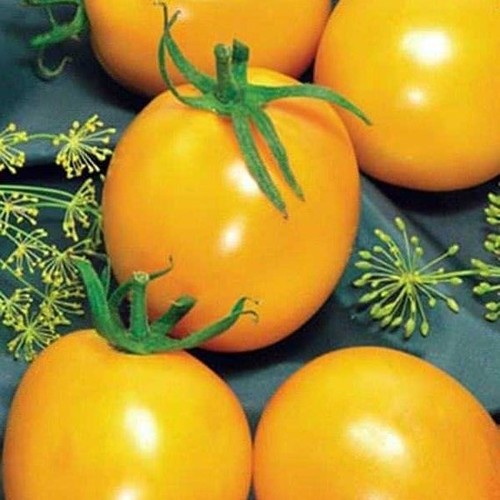
DESCRIPTIONSurprisingly heavy yields of 2-4 oz, egg-sized, plum-shaped, golden yellow tomatoes have very good sweet flavours, with strong, thick flesh and skin, so that they never split. Related to the popular Russian commercial variety, this is a golden strain of the popular De Barao tomato, a form of the "Zolotoy" or "Gold Reserve" tomato in Russian. It is therefore very productive in low temperatures, where this Russian favourite can make impressively tall 3 m plants, and is usually used for soups, salads, conserves and sauces. CordonSOWING ADVICECover seeds only slightly. Do not allow the soil to dry out. Containers are held in warm conditions until sprouts appear, which may take 3-10 days. Move sprouting plantings immediately to bright light conditions, eg a window. Inadequate light is a frequent cause of failure of young seedlings. Around time of last frost, set seedlings into pots. Remove side-shoots and support the plant.
De Barao Gold Cherry gold Tomato - DESCRIPTIONSurprisingly heavy yields of 2-4 oz, egg-sized, plum-shaped, golden yellow tomatoes have very good sweet flavours, with strong, thick flesh and skin, so that they never split. Related to the popular Russian commercial variety, this is a golden strain of the popular De Barao tomato, a form of the "Zolotoy" or "Gold Reserve" tomato in Russian. It is therefore very productive in low temperatures, where this Russian favourite can make impressively tall 3 m plants, and is usually used for soups, salads, conserves and sauces. CordonSOWING ADVICECover seeds only slightly. Do not allow the soil to dry out. Containers are held in warm conditions until sprouts appear, which may take 3-10 days. Move sprouting plantings immediately to bright light conditions, eg a window. Inadequate light is a frequent cause of failure of young seedlings. Around time of last frost, set seedlings into pots. Remove side-shoots and support the plant.Cherry Tomato Valley Green
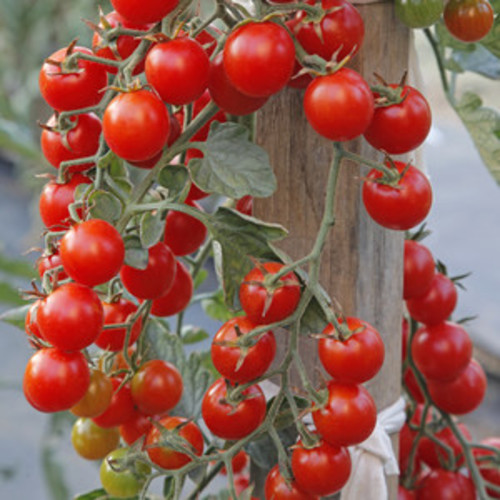
DESCRIPTIONTasty red fruits cascade in an abundance of delicious sweet cherry tomatoes which are full of flavour. Heavy crops of gorgeous, non-splitting tomatoes have good resistance to mildew and many diseases and are ideal either cooked, or raw for snacking. They originated in Provence in the south of France, in the small town of Saint-Rémy de Provence.SOWING ADVICECover seeds only slightly. Do not allow the soil to dry out. Containers are held in warm conditions until sprouts appear, which may take 3-10 days. Move sprouting plantings immediately to bright light conditions, eg a window. Inadequate light is a frequent cause of failure of young seedlings. Around time of last frost, set seedlings into pots. Remove side-shoots and support the plant.
Cherry Tomato Valley Green - DESCRIPTIONTasty red fruits cascade in an abundance of delicious sweet cherry tomatoes which are full of flavour. Heavy crops of gorgeous, non-splitting tomatoes have good resistance to mildew and many diseases and are ideal either cooked, or raw for snacking. They originated in Provence in the south of France, in the small town of Saint-Rémy de Provence.SOWING ADVICECover seeds only slightly. Do not allow the soil to dry out. Containers are held in warm conditions until sprouts appear, which may take 3-10 days. Move sprouting plantings immediately to bright light conditions, eg a window. Inadequate light is a frequent cause of failure of young seedlings. Around time of last frost, set seedlings into pots. Remove side-shoots and support the plant.RUTGERS tomato Valley Green
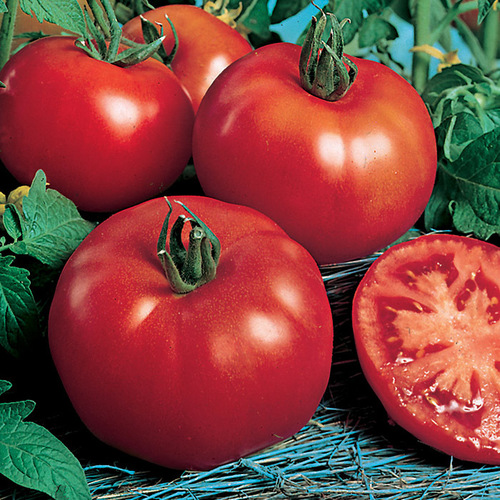
Delicious Heirloom Slicing Tomato 48-60 Inches Tall 24-36 Inches Wide Plant in Full SunHere is an oldy but goody, still a favorite heirloom indeterminate tomato that is a cross of JTD, a Campbell's Soup favorite, and Margold created in 1934. It is unequaled as a slicing tomato as well as to use in cooking. It has slightly flattened 6 ounce tomatoes with a bright red skin and good form. As an indeterminate it grows tall, and fruits all season long. This is a mid season tomato, taking about 2 ½ months to reach maturity. It exhibits an enhanced resistance to fusarium wilt, which is good news to any tomato gardener. Heirloom tomatoes are typically open pollinated, meaning they are pollinated by the same variety of plant as they are. Crosses, or natural hybrids can occasionally occur and it can be interesting to see what the offspring from that cross, when planted by seed, brings to you in attributes and form. Sometimes famous varieties are made by accidental cross pollinations. The term ‘heirloom’ refers to a variety that grows true to seed and that is at least 50 years old. Rutgers Tomato remains a favorite to this day.Rutgers Tomato Plant CarePlant Rutgers indoors in soilless seed starting mix about 8 weeks before your area’s last frost date. Cover with ¼ inch of mix. They will germinate in about 7 to 14 days. Once they sprout, place a fluorescent or LED light about 4 inches from the seedlings, moving it up as they grow. Water regularly by misting or bottom watering, but avoid having plants sit in soggy mix. Harden off by moving outdoors little by little, giving them more sun each time until they can tolerate full sun. Plant in the garden when all danger of frost has passed and soil temperatures are above 65 degrees.Growing Rutgers Tomato PlantsOnce incorporated into your garden bed, mulch around them with a good quality mulch to help retain soil moisture. Tomatoes are heavy water users and must be kept consistently moist for best results. Do not let them dry to the point of wilting. Keep weeds down to minimize competition for soil nutrition. Water and feed frequently during the active growing season. Provide support for these indeterminate growers that can reach impressive heights and fruit over a long season. Use of tomato cages, trellises or stakes will help support the stalk and foliage and provide support for the fruit. Clip suckers (unproductive branches) along the first 8 inches of the stalk to help reduce any soil borne fungus or bacteria diseases from reaching the lower leaves. Tomatoes make excellent container plants, giving even the smallest area gardeners a chance to enjoy their fresh fruits. Choose a container with drainage holes, and provide a tray with rocks in it to put the container on if you need to protect a finished surface. Do not let the container sit in a tray of water and be allowed to stay soggy as you will rot the roots of your plant. Select a large enough container that can resist tipping over when loaded with fruit, and will allow you to provide some support for the vine to grow on. Rutgers can grow to over 10 feet tall, and will spread 34 to 54 inches wide. Raised beds work well for gardeners with poor draining native soil.Watering Rutgers TomatoesWater daily until your plants are established in the ground or their containers. Water frequently if planted in containers as these dry out faster than in ground plants will. Consider watering by irrigation if planted in a large garden area, or by a soaker hose in a smaller area to avoid splashing the foliage and giving rise to soil borne diseases.Feeding Rutgers Tomato PlantsFertilize your tomatoes about 3 weeks after planting in the ground with an organic tomato food. Alternatively, natural gardeners can apply a well rotted compost or make a compost tea to provide tomatoes with valuable nutrients that they can then use to produce fruit. If you notice blossom end rot beginning on your fruit, apply a soil amendment that is meant to add calcium to your soil to alleviate this problem. Fertilize every other week or as needed during the active growing season. If the weather gets hot and your plant slows fruit and flower production, cease fertilizing until cool weather arrives and your plant resumes its growth and production.
RUTGERS tomato Valley Green - Delicious Heirloom Slicing Tomato 48-60 Inches Tall 24-36 Inches Wide Plant in Full SunHere is an oldy but goody, still a favorite heirloom indeterminate tomato that is a cross of JTD, a Campbell's Soup favorite, and Margold created in 1934. It is unequaled as a slicing tomato as well as to use in cooking. It has slightly flattened 6 ounce tomatoes with a bright red skin and good form. As an indeterminate it grows tall, and fruits all season long. This is a mid season tomato, taking about 2 ½ months to reach maturity. It exhibits an enhanced resistance to fusarium wilt, which is good news to any tomato gardener. Heirloom tomatoes are typically open pollinated, meaning they are pollinated by the same variety of plant as they are. Crosses, or natural hybrids can occasionally occur and it can be interesting to see what the offspring from that cross, when planted by seed, brings to you in attributes and form. Sometimes famous varieties are made by accidental cross pollinations. The term ‘heirloom’ refers to a variety that grows true to seed and that is at least 50 years old. Rutgers Tomato remains a favorite to this day.Rutgers Tomato Plant CarePlant Rutgers indoors in soilless seed starting mix about 8 weeks before your area’s last frost date. Cover with ¼ inch of mix. They will germinate in about 7 to 14 days. Once they sprout, place a fluorescent or LED light about 4 inches from the seedlings, moving it up as they grow. Water regularly by misting or bottom watering, but avoid having plants sit in soggy mix. Harden off by moving outdoors little by little, giving them more sun each time until they can tolerate full sun. Plant in the garden when all danger of frost has passed and soil temperatures are above 65 degrees.Growing Rutgers Tomato PlantsOnce incorporated into your garden bed, mulch around them with a good quality mulch to help retain soil moisture. Tomatoes are heavy water users and must be kept consistently moist for best results. Do not let them dry to the point of wilting. Keep weeds down to minimize competition for soil nutrition. Water and feed frequently during the active growing season. Provide support for these indeterminate growers that can reach impressive heights and fruit over a long season. Use of tomato cages, trellises or stakes will help support the stalk and foliage and provide support for the fruit. Clip suckers (unproductive branches) along the first 8 inches of the stalk to help reduce any soil borne fungus or bacteria diseases from reaching the lower leaves. Tomatoes make excellent container plants, giving even the smallest area gardeners a chance to enjoy their fresh fruits. Choose a container with drainage holes, and provide a tray with rocks in it to put the container on if you need to protect a finished surface. Do not let the container sit in a tray of water and be allowed to stay soggy as you will rot the roots of your plant. Select a large enough container that can resist tipping over when loaded with fruit, and will allow you to provide some support for the vine to grow on. Rutgers can grow to over 10 feet tall, and will spread 34 to 54 inches wide. Raised beds work well for gardeners with poor draining native soil.Watering Rutgers TomatoesWater daily until your plants are established in the ground or their containers. Water frequently if planted in containers as these dry out faster than in ground plants will. Consider watering by irrigation if planted in a large garden area, or by a soaker hose in a smaller area to avoid splashing the foliage and giving rise to soil borne diseases.Feeding Rutgers Tomato PlantsFertilize your tomatoes about 3 weeks after planting in the ground with an organic tomato food. Alternatively, natural gardeners can apply a well rotted compost or make a compost tea to provide tomatoes with valuable nutrients that they can then use to produce fruit. If you notice blossom end rot beginning on your fruit, apply a soil amendment that is meant to add calcium to your soil to alleviate this problem. Fertilize every other week or as needed during the active growing season. If the weather gets hot and your plant slows fruit and flower production, cease fertilizing until cool weather arrives and your plant resumes its growth and production.Arkansas Traveller Tomato Sandia
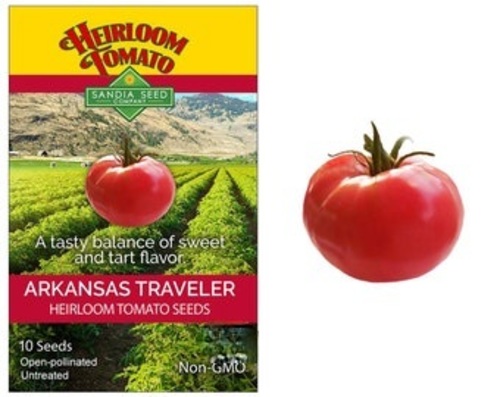
Open-pollinated heirloom (85 days)
Fruit Color: Pink. Shape: Round. Size: 8 oz. Plant Habit: Indeterminate Plant Size: 6’ Rosy-pink 8 oz. fruits have that classic tomato flavor with a balance of sweet and tart. A very dependable producer.
History: This great tasting heirloom originated in the Ozark Mountains before 1900, and was grown throughout the South from northwest Arkansas to North Carolina. Arkansas Traveler is prized for its ability to produce flavorful tomatoes under conditions of high heat, humidity, or drought. It's very flavorful, medium-sized tomatoes resist cracking.
Heirloom, Non-GMO 10 Seeds
Arkansas Traveller Tomato Sandia - Open-pollinated heirloom (85 days)
Fruit Color: Pink. Shape: Round. Size: 8 oz. Plant Habit: Indeterminate Plant Size: 6’ Rosy-pink 8 oz. fruits have that classic tomato flavor with a balance of sweet and tart. A very dependable producer.
History: This great tasting heirloom originated in the Ozark Mountains before 1900, and was grown throughout the South from northwest Arkansas to North Carolina. Arkansas Traveler is prized for its ability to produce flavorful tomatoes under conditions of high heat, humidity, or drought. It's very flavorful, medium-sized tomatoes resist cracking.
Heirloom, Non-GMO 10 SeedsTomato Super sioux Organic Heirloom Sandia
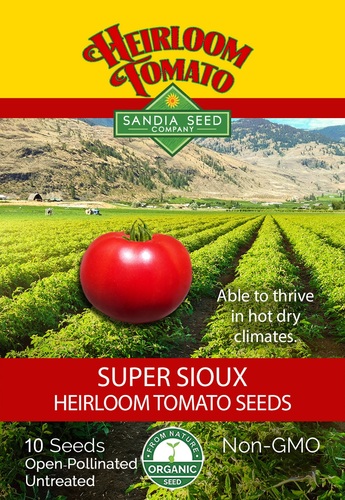
Open-pollinated, Organic, Heirloom (71 days)
Fruit Color: Red. Shape: Round. Size: 4-6 oz. Plant Habit: Semi-determinate Plant Size: 5’ Round red 4-6 oz. fruit has an excellent balance of sweet and acid flavor. Notable for its ability to thrive in hot dry climates. History: The heirloom tomato Sioux was released in 1944 by the University of Nebraska. The Super Sioux is a later selection with a larger size, improved taste, and more disease resistance. The flavor is an exquisite blend of sweet, acidic and earthy flavors. A perfect variety for hot and dry climates. Non-GMO 10 Seeds
All of our seeds are GMO-free
Tomato Super sioux Organic Heirloom Sandia - Open-pollinated, Organic, Heirloom (71 days)
Fruit Color: Red. Shape: Round. Size: 4-6 oz. Plant Habit: Semi-determinate Plant Size: 5’ Round red 4-6 oz. fruit has an excellent balance of sweet and acid flavor. Notable for its ability to thrive in hot dry climates. History: The heirloom tomato Sioux was released in 1944 by the University of Nebraska. The Super Sioux is a later selection with a larger size, improved taste, and more disease resistance. The flavor is an exquisite blend of sweet, acidic and earthy flavors. A perfect variety for hot and dry climates. Non-GMO 10 Seeds
All of our seeds are GMO-freeHabanero -Orange Extra Hot sandia
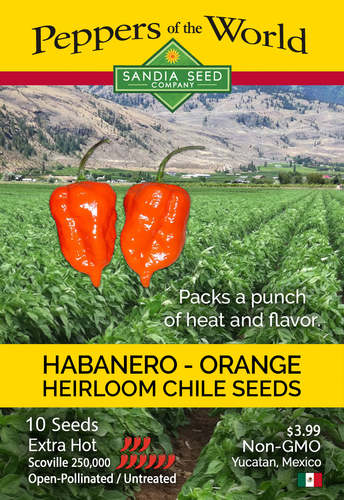
Orange Habanero is an aromatic chile pepper with a subtle apricot aroma and offers an intense and pungent heat. Their spicy heat and citrusy fresh flavor go well with so many foods, tropical fruits, lime, avocados, fish, and tequila, etc. All habanero seeds are known for their slow germination and must be grown in warm, moist conditions. Ripens from green to bright orange color with thin skin and waxy exterior. The pods have a distinctive lantern-like shape and are small at 2” long and 1“-2” wide. Capsicum chinense (90 days) Heirloom - Open-pollinated Heat Level: Extra Super Hot. Scoville Heat Units 250,000
~ Packet contains 10 seeds.
Love Habaneros? View all of our Habanero Seeds »
In early spring, start seeds indoors 8 weeks prior to warm nightly temperatures. Place the seeds in sterile media and cover 1/4” deep. Provide 85°F bottom heat, bright light and keep moist at all times. Seeds will germinate in 7 - 21 days. Transplant seedlings into pots and grow until there are 6 true leaves on the plant. Plant them directly into rich soil, 30" apart or into large 5-gallon containers. Harvest peppers when they are orange.
All of our seeds are GMO-free.
Habanero -Orange Extra Hot sandia - Orange Habanero is an aromatic chile pepper with a subtle apricot aroma and offers an intense and pungent heat. Their spicy heat and citrusy fresh flavor go well with so many foods, tropical fruits, lime, avocados, fish, and tequila, etc. All habanero seeds are known for their slow germination and must be grown in warm, moist conditions. Ripens from green to bright orange color with thin skin and waxy exterior. The pods have a distinctive lantern-like shape and are small at 2” long and 1“-2” wide. Capsicum chinense (90 days) Heirloom - Open-pollinated Heat Level: Extra Super Hot. Scoville Heat Units 250,000
~ Packet contains 10 seeds.
Love Habaneros? View all of our Habanero Seeds »
In early spring, start seeds indoors 8 weeks prior to warm nightly temperatures. Place the seeds in sterile media and cover 1/4” deep. Provide 85°F bottom heat, bright light and keep moist at all times. Seeds will germinate in 7 - 21 days. Transplant seedlings into pots and grow until there are 6 true leaves on the plant. Plant them directly into rich soil, 30" apart or into large 5-gallon containers. Harvest peppers when they are orange.
All of our seeds are GMO-free.Yellow Jamaican Hot Pepper Sandia
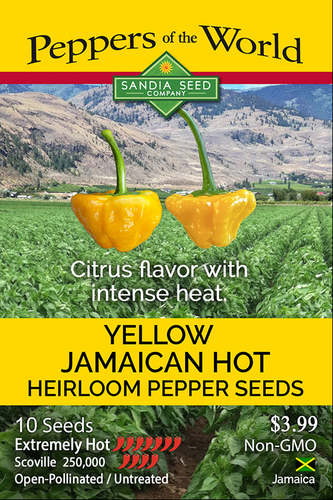
These small mushroom-shaped peppers have a sweet, fruity flavor, much like Habanero and Scotch Bonnet peppers. Jamaican Peppers are a staple in many Mexican dishes, including salsas, hot sauces, and meat rubs. It is commonly used in Jerk sauces in the Caribbean because of its balanced heat. An heirloom pepper with smooth waxy pods that are 1-2" across. They have a citrus-like flavor and aroma. The peppers will mature from green to bright yellow on very productive 24-30" tall plants. Capsicum chinense (90 days) Heat Level: Extremely Hot Scoville: 250,000 The packet contains 10 seeds. In early spring, start seeds indoors 8 weeks prior to warm nightly temperatures. Place the seeds in sterile media and cover 1/4” deep. Provide 85°F bottom heat, bright light, and always keep moist. Seeds will germinate in 14 - 21 days. Transplant seedlings into pots and grow until there are 6 true leaves on the plant. Plant them directly into rich soil, 30” apart, or into large 5-gallon containers. Harvest chiles when they are yellow. All of our seeds are GMO-free.
Yellow Jamaican Hot Pepper Sandia - These small mushroom-shaped peppers have a sweet, fruity flavor, much like Habanero and Scotch Bonnet peppers. Jamaican Peppers are a staple in many Mexican dishes, including salsas, hot sauces, and meat rubs. It is commonly used in Jerk sauces in the Caribbean because of its balanced heat. An heirloom pepper with smooth waxy pods that are 1-2" across. They have a citrus-like flavor and aroma. The peppers will mature from green to bright yellow on very productive 24-30" tall plants. Capsicum chinense (90 days) Heat Level: Extremely Hot Scoville: 250,000 The packet contains 10 seeds. In early spring, start seeds indoors 8 weeks prior to warm nightly temperatures. Place the seeds in sterile media and cover 1/4” deep. Provide 85°F bottom heat, bright light, and always keep moist. Seeds will germinate in 14 - 21 days. Transplant seedlings into pots and grow until there are 6 true leaves on the plant. Plant them directly into rich soil, 30” apart, or into large 5-gallon containers. Harvest chiles when they are yellow. All of our seeds are GMO-free.Cascabella Tangy and Sweet Hot Sandia
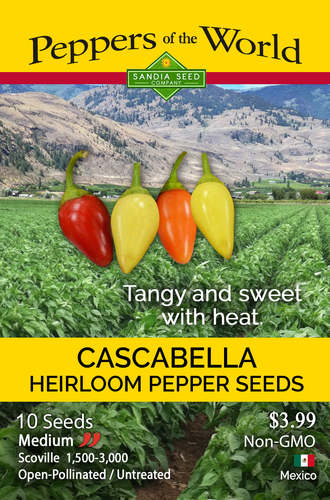
Cascabella peppers are typically eaten fresh in the yellow stage and are often pickled. Because they are so easy to grow, and productive many home gardeners pickle these whole or sliced in rings. If you enjoy jalapeños, you will love these little yellow chiles. Check out our Pickled Cascabellas Recipe »
Expect heavy yields of tart and crisp 2” long conical-shaped peppers. The thick wax-type skin matures from creamy-yellow to orange, and then red when fully mature. Sturdy plants grow 18-24” tall with dark green leaves. Capsicum annuum (80 days) Heat Level: Medium Scoville 1,500 - 3,000 ~ Packet contains 10 seeds. In early spring, start seeds indoors 8 weeks prior to warm nightly temperatures. Place the seeds in sterile media and cover 1/4” deep. Provide 85°F bottom heat, bright light, and keep moist at all times. Seeds will germinate in 7 - 14 days. Transplant seedlings into pots and grow until there are 6 true leaves on the plant. Plant them directly into rich soil, 30” apart or into large 5-gallon containers. Harvest chiles when they are yellowish-orange.
All of our seeds are GMO-free.
Cascabella Tangy and Sweet Hot Sandia - Cascabella peppers are typically eaten fresh in the yellow stage and are often pickled. Because they are so easy to grow, and productive many home gardeners pickle these whole or sliced in rings. If you enjoy jalapeños, you will love these little yellow chiles. Check out our Pickled Cascabellas Recipe »
Expect heavy yields of tart and crisp 2” long conical-shaped peppers. The thick wax-type skin matures from creamy-yellow to orange, and then red when fully mature. Sturdy plants grow 18-24” tall with dark green leaves. Capsicum annuum (80 days) Heat Level: Medium Scoville 1,500 - 3,000 ~ Packet contains 10 seeds. In early spring, start seeds indoors 8 weeks prior to warm nightly temperatures. Place the seeds in sterile media and cover 1/4” deep. Provide 85°F bottom heat, bright light, and keep moist at all times. Seeds will germinate in 7 - 14 days. Transplant seedlings into pots and grow until there are 6 true leaves on the plant. Plant them directly into rich soil, 30” apart or into large 5-gallon containers. Harvest chiles when they are yellowish-orange.
All of our seeds are GMO-free.Bolivian Rainbow Colorful Sandia
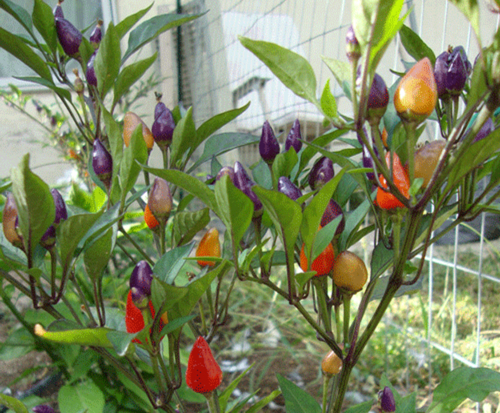
View more of our Ornamental Peppers » Bolivian Rainbow - A unique and bright ornamental landscape plant. It bears beautiful colored peppers early and all through the season. This heirloom is from Bolivia and has been grown there for centuries.
The 24" tall plants have purple tinged foliage and purple flowers. Fruits are small at 3/4" and turn from purple to yellow and then to red when mature. All colors are on the plant at once making it very showy. The peppers are edible, but it is usually grown as an ornamental. Great for containers and easy to grow. Capsicumannuum (90 days) Heirloom - Open-pollinated - Non-GMO Heat Level: Very Hot. Scoville Heat Units 30,000
~ Packet contains 10 seeds. In early spring, start seeds indoors 8 weeks prior to warm nightly temperatures. Place the seeds in seedling mix and cover 1/4” deep. Provide 85°F bottom heat, bright light and keep moist at all times. Seeds will germinate in 7 - 21 days. Transplant seedlings into pots and grow until there are 6 true leaves on the plant. Plant them directly into rich soil, 18” apart or into large 3 gallon containers. Can also be directly sown into warm garden soil. This pepper is a beautiful ornamental for the patio and can make an interesting small hedge too.
All of our seeds are GMO-free.
Bolivian Rainbow Colorful Sandia - View more of our Ornamental Peppers » Bolivian Rainbow - A unique and bright ornamental landscape plant. It bears beautiful colored peppers early and all through the season. This heirloom is from Bolivia and has been grown there for centuries.
The 24" tall plants have purple tinged foliage and purple flowers. Fruits are small at 3/4" and turn from purple to yellow and then to red when mature. All colors are on the plant at once making it very showy. The peppers are edible, but it is usually grown as an ornamental. Great for containers and easy to grow. Capsicumannuum (90 days) Heirloom - Open-pollinated - Non-GMO Heat Level: Very Hot. Scoville Heat Units 30,000
~ Packet contains 10 seeds. In early spring, start seeds indoors 8 weeks prior to warm nightly temperatures. Place the seeds in seedling mix and cover 1/4” deep. Provide 85°F bottom heat, bright light and keep moist at all times. Seeds will germinate in 7 - 21 days. Transplant seedlings into pots and grow until there are 6 true leaves on the plant. Plant them directly into rich soil, 18” apart or into large 3 gallon containers. Can also be directly sown into warm garden soil. This pepper is a beautiful ornamental for the patio and can make an interesting small hedge too.
All of our seeds are GMO-free.Poblano Pepper Sandia ORG Organic
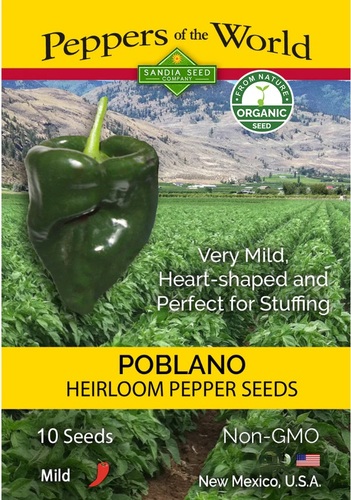
Poblano - Fresh green poblanos make some of the best rellenos because of their mild heat and heart-like shape. Anchos are the dried form of this pepper, and are used in making many sauces like mole. This heirloom is easy to grow. Chiles are 4" long and 2-1/2" wide and ripen from dark green to rust red. Plants are 30" tall and yield a continuous harvest all season long. Capsicum annuum (75 days)
Heat Level: Mild Scoville 500 - 1,000 ~ Packet contains 10 seeds. In early spring, start seeds indoors 8 weeks prior to warm nightly temperatures. Place the seeds in sterile media and cover 1/4” deep. Provide 85°F bottom heat, bright light and keep moist at all times. Seeds will germinate in 7 - 21 days. Transplant seedlings into pots and grow until there are 6 true leaves on the plant. Plant them directly into rich soil, 30” apart in the garden, or into large 5 gallon containers. Harvest chiles when they are green.
Poblano Pepper Sandia ORG Organic - Poblano - Fresh green poblanos make some of the best rellenos because of their mild heat and heart-like shape. Anchos are the dried form of this pepper, and are used in making many sauces like mole. This heirloom is easy to grow. Chiles are 4" long and 2-1/2" wide and ripen from dark green to rust red. Plants are 30" tall and yield a continuous harvest all season long. Capsicum annuum (75 days)
Heat Level: Mild Scoville 500 - 1,000 ~ Packet contains 10 seeds. In early spring, start seeds indoors 8 weeks prior to warm nightly temperatures. Place the seeds in sterile media and cover 1/4” deep. Provide 85°F bottom heat, bright light and keep moist at all times. Seeds will germinate in 7 - 21 days. Transplant seedlings into pots and grow until there are 6 true leaves on the plant. Plant them directly into rich soil, 30” apart in the garden, or into large 5 gallon containers. Harvest chiles when they are green.Aji Amarillo Sandia
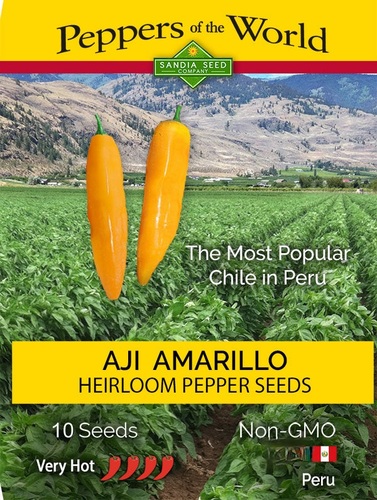
Aji Amarillo is the chile most frequently used in Peru and probably the most important ingredient in Peruvian cooking. Aji means chili pepper and amarillo means yellow in Spanish. This chile is found in the famous appetizer Papa a la Huancaína (Potatoes with Spicy Cheese Sauce), and in the classic dish Ají de Gallina (Peruvian Creamed Spicy Chicken). Its fruity mango-like taste is delicious with a nice tropical aroma. The Capsicum baccatum species all have fuzzy leaves as a distinguishing characteristic, and this one is no different. The plant is lanky and very large 4' - 5' tall. It produces an abundance of 5-6” peppers that start off green and mature to deep yellowish-orange. It has a wonderful fruity flavor with intense heat. Capsicum baccatum (85 days) Heat Level: Very Hot Scoville 30,000 - 50,000 ~ Packet contains 10 seeds. In early spring, start seeds indoors 8 weeks prior to warm nightly temperatures. Place the seeds in sterile media and cover 1/4” deep. Provide 85°F bottom heat, and bright light, and keep moist at all times. Seeds will germinate in 7 - 21 days. Transplant seedlings into pots and grow until there are 6 true leaves on the plant. Plant them directly into rich soil, 30” apart, or into large 5-gallon containers. Harvest chiles when they are yellowish-orange.
Aji Amarillo Sandia - Aji Amarillo is the chile most frequently used in Peru and probably the most important ingredient in Peruvian cooking. Aji means chili pepper and amarillo means yellow in Spanish. This chile is found in the famous appetizer Papa a la Huancaína (Potatoes with Spicy Cheese Sauce), and in the classic dish Ají de Gallina (Peruvian Creamed Spicy Chicken). Its fruity mango-like taste is delicious with a nice tropical aroma. The Capsicum baccatum species all have fuzzy leaves as a distinguishing characteristic, and this one is no different. The plant is lanky and very large 4' - 5' tall. It produces an abundance of 5-6” peppers that start off green and mature to deep yellowish-orange. It has a wonderful fruity flavor with intense heat. Capsicum baccatum (85 days) Heat Level: Very Hot Scoville 30,000 - 50,000 ~ Packet contains 10 seeds. In early spring, start seeds indoors 8 weeks prior to warm nightly temperatures. Place the seeds in sterile media and cover 1/4” deep. Provide 85°F bottom heat, and bright light, and keep moist at all times. Seeds will germinate in 7 - 21 days. Transplant seedlings into pots and grow until there are 6 true leaves on the plant. Plant them directly into rich soil, 30” apart, or into large 5-gallon containers. Harvest chiles when they are yellowish-orange.Aji Lemo Pepper / Lemon Drop Pepper Sandia
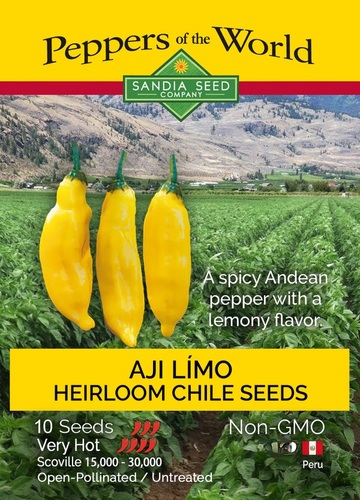
Aji Limo - One of the most flavorful of the Andean peppers has survived from pre-Columbian times. Its distinctive citrus flavor and the bright yellow pods immediately bring to mind the crisp aromas of lemons and limes. This pepper is extremely spicy, but when it’s tempered by cooking in sweet-flavored salsas, the lemony taste is dynamite and it is truly citrusy. Raw and finely chopped this pepper adds flavor, color and heat to ceviches. The prolific plants are also hard to kill, so they're perfect for first time pepper growers! It bears heavily, with dozens of small, waxy-skinned fruit that turn from light green to golden yellow at ripeness. This pepper has a long growing season and produces well into the cooler months. Small 24” plants and 2“ pods. Commonly known as Lemon Drop pepper. Capsicum baccatum (100 days) Heat Level: Very Hot Scoville 15,000 - 30,000 ~ Packet contains 10 seeds. In early spring, start seeds indoors 8 weeks prior to warm nightly temperatures. Place the seeds in sterile media and cover 1/4” deep. Provide 85°F bottom heat, bright light and keep moist at all times. Seeds will germinate in 7-14 days. Transplant seedlings into pots and grow until there are 6 true leaves on the plant. Plant them directly into rich soil, 24” apart or into large 3 gallon containers. Harvest peppers when they are yellow
Aji Lemo Pepper / Lemon Drop Pepper Sandia - Aji Limo - One of the most flavorful of the Andean peppers has survived from pre-Columbian times. Its distinctive citrus flavor and the bright yellow pods immediately bring to mind the crisp aromas of lemons and limes. This pepper is extremely spicy, but when it’s tempered by cooking in sweet-flavored salsas, the lemony taste is dynamite and it is truly citrusy. Raw and finely chopped this pepper adds flavor, color and heat to ceviches. The prolific plants are also hard to kill, so they're perfect for first time pepper growers! It bears heavily, with dozens of small, waxy-skinned fruit that turn from light green to golden yellow at ripeness. This pepper has a long growing season and produces well into the cooler months. Small 24” plants and 2“ pods. Commonly known as Lemon Drop pepper. Capsicum baccatum (100 days) Heat Level: Very Hot Scoville 15,000 - 30,000 ~ Packet contains 10 seeds. In early spring, start seeds indoors 8 weeks prior to warm nightly temperatures. Place the seeds in sterile media and cover 1/4” deep. Provide 85°F bottom heat, bright light and keep moist at all times. Seeds will germinate in 7-14 days. Transplant seedlings into pots and grow until there are 6 true leaves on the plant. Plant them directly into rich soil, 24” apart or into large 3 gallon containers. Harvest peppers when they are yellowCayenne Purpule Pepper Sandia
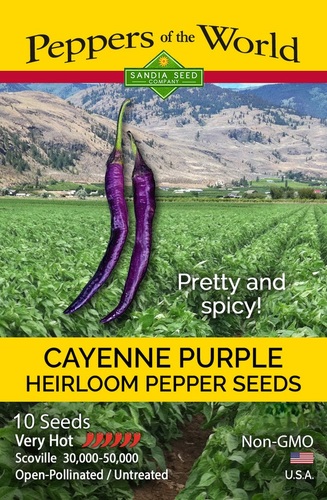
A purple variant of the popular cayenne pepper with a little more flavor than the red variety. They are very spicy and quite hot for salsas! Dried cayenne peppers are made into powder and flakes and used to spice up any dish. Used fresh and pickled too.
These rare peppers reach 4-6” long with thin walls. They change color from light green to dark purple and finally deep red when fully mature. The beautiful 18-20” tall plants produce many peppers and grow well in containers. Capsicum annuum (85 days) - Heirloom, Open-pollinated Heat Level: Very Hot Scoville 30,000 - 50,000 ~ Packet contains 10 seeds. In early spring, start seeds indoors 8 weeks prior to warm nightly temperatures. Place the seeds in sterile media and cover 1/4” deep. Provide 85°F bottom heat, bright light, and keep moist at all times. Seeds will germinate in 7-21 days. Transplant seedlings into pots and grow until there are 6 true leaves on the plant. Plant them directly into rich soil, 30” apart or into large 5-gallon containers. Harvest chiles when they are yellowish-orange.
Cayenne Purpule Pepper Sandia - A purple variant of the popular cayenne pepper with a little more flavor than the red variety. They are very spicy and quite hot for salsas! Dried cayenne peppers are made into powder and flakes and used to spice up any dish. Used fresh and pickled too.
These rare peppers reach 4-6” long with thin walls. They change color from light green to dark purple and finally deep red when fully mature. The beautiful 18-20” tall plants produce many peppers and grow well in containers. Capsicum annuum (85 days) - Heirloom, Open-pollinated Heat Level: Very Hot Scoville 30,000 - 50,000 ~ Packet contains 10 seeds. In early spring, start seeds indoors 8 weeks prior to warm nightly temperatures. Place the seeds in sterile media and cover 1/4” deep. Provide 85°F bottom heat, bright light, and keep moist at all times. Seeds will germinate in 7-21 days. Transplant seedlings into pots and grow until there are 6 true leaves on the plant. Plant them directly into rich soil, 30” apart or into large 5-gallon containers. Harvest chiles when they are yellowish-orange.Habanero Red Caribbean Sandia Extra Heat
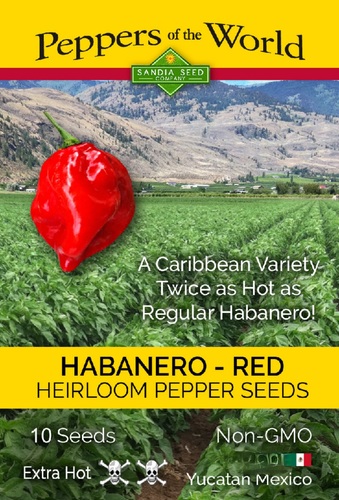
Caribbean Red Habanero -Twice as hot as the regular habanero! Its fruity flavor is a fine addition to make extra spicy salsas, marinades and for some very hot sauces. It originates from the Yucatan Peninsula in Mexico and will grow well in northern climates. Easy to grow. The red pods are 1-1/2"" long and 1" wide and grow on 36" tall plants. It is so productive the plant may need support when loaded with fruit. Capsicum chinense (90 days) Heirloom - Open-pollinated Heat Level: Extra Super Hot. Scoville Heat Units 400,000
~ Packet contains 10 seeds. In early spring, start seeds indoors 8 weeks prior to warm nightly temperatures. Place the seeds in sterile media and cover 1/4” deep. Provide 85°F bottom heat, bright light and keep moist at all times. Seeds will germinate in 7 - 21 days. Transplant seedlings into pots and grow until there are 6 true leaves on the plant. Plant them directly into rich soil, 30" apart or into large 5 gallon containers. Harvest peppers when they are red.
Habanero Red Caribbean Sandia Extra Heat - Caribbean Red Habanero -Twice as hot as the regular habanero! Its fruity flavor is a fine addition to make extra spicy salsas, marinades and for some very hot sauces. It originates from the Yucatan Peninsula in Mexico and will grow well in northern climates. Easy to grow. The red pods are 1-1/2"" long and 1" wide and grow on 36" tall plants. It is so productive the plant may need support when loaded with fruit. Capsicum chinense (90 days) Heirloom - Open-pollinated Heat Level: Extra Super Hot. Scoville Heat Units 400,000
~ Packet contains 10 seeds. In early spring, start seeds indoors 8 weeks prior to warm nightly temperatures. Place the seeds in sterile media and cover 1/4” deep. Provide 85°F bottom heat, bright light and keep moist at all times. Seeds will germinate in 7 - 21 days. Transplant seedlings into pots and grow until there are 6 true leaves on the plant. Plant them directly into rich soil, 30" apart or into large 5 gallon containers. Harvest peppers when they are red.Hatch Red Pepper medium Heat Sandia
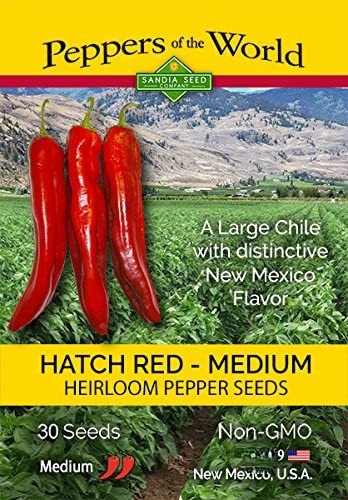
This Hatch Red Hot is ideal for making red chile powder because of its thin walled skin. Peppers reach full size when they are green in color and when left on the plant they will mature to red. The thin skin of this variety makes it better for dehydration than the NuMex Sandia Select which has thicker flesh. The 6”-9” pods have a spicy chile flavor and matures early and produce well in high temperatures. The thin walls allow it to dry quickly after harvest for making red chile powder. Plants grow 30-36” tall. Capsicum annuum (80 days) Heirloom - Open-Pollinated Heat Level: Hot Scoville: 6,000 - 7,000 ~ Packet contains 30 seeds. In early spring, start seeds indoors 8 weeks prior to warm nightly temperatures. Place the seeds in sterile media and cover 1/4” deep. Provide 85°F bottom heat, bright light and keep moist at all times. Seeds will germinate in 7 - 21 days. Transplant seedlings into pots and grow until there are 6 true leaves on the plant. Plant them directly into rich soil, 30” apart or into large 5 gallon containers. Harvest chiles when they are red.
Hatch Red Pepper medium Heat Sandia - This Hatch Red Hot is ideal for making red chile powder because of its thin walled skin. Peppers reach full size when they are green in color and when left on the plant they will mature to red. The thin skin of this variety makes it better for dehydration than the NuMex Sandia Select which has thicker flesh. The 6”-9” pods have a spicy chile flavor and matures early and produce well in high temperatures. The thin walls allow it to dry quickly after harvest for making red chile powder. Plants grow 30-36” tall. Capsicum annuum (80 days) Heirloom - Open-Pollinated Heat Level: Hot Scoville: 6,000 - 7,000 ~ Packet contains 30 seeds. In early spring, start seeds indoors 8 weeks prior to warm nightly temperatures. Place the seeds in sterile media and cover 1/4” deep. Provide 85°F bottom heat, bright light and keep moist at all times. Seeds will germinate in 7 - 21 days. Transplant seedlings into pots and grow until there are 6 true leaves on the plant. Plant them directly into rich soil, 30” apart or into large 5 gallon containers. Harvest chiles when they are red.pimento Sheep Nose Pepper Sandia
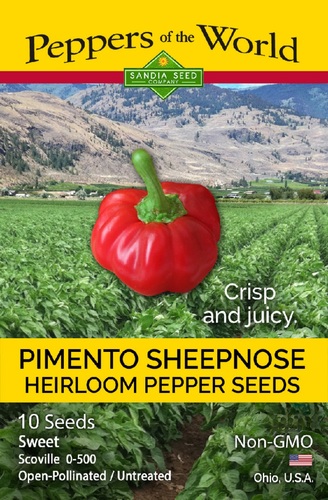
This beautiful cheese-type sweet pepper ripens from green to fire-engine red. One of the best pimento peppers to grow at home. This ribbed pepper is quite stunning in the garden or on your plate. Sheepnose Pimento Pepper is an Ohio heirloom, able to handle northern climates. Pimentos are great for stuffing, roasting, snacking, the classic cheese spread, and for stuffing olives.
Thick-walled, crisp, and juicy peppers are 3-4” wide by 2-3” wide with thick stems. Plants are 24” tall and easy to grow. Capsicum annuum (70 days) Heirloom, Open-pollinated Heat Level: Sweet Scoville: 0-500 ~ Packet contains 10 seeds. In early spring, start seeds indoors 8 weeks prior to warm nightly temperatures. Place the seeds in sterile media and cover 1/4” deep. Provide 85°F bottom heat, bright light, and keep moist at all times. Seeds will germinate in 7-14 days. Transplant seedlings into pots and grow until there are 6 true leaves on the plant. Plant them directly into rich soil, 30” apart or into large 5-gallon containers. Harvest peppers when they are red.
pimento Sheep Nose Pepper Sandia - This beautiful cheese-type sweet pepper ripens from green to fire-engine red. One of the best pimento peppers to grow at home. This ribbed pepper is quite stunning in the garden or on your plate. Sheepnose Pimento Pepper is an Ohio heirloom, able to handle northern climates. Pimentos are great for stuffing, roasting, snacking, the classic cheese spread, and for stuffing olives.
Thick-walled, crisp, and juicy peppers are 3-4” wide by 2-3” wide with thick stems. Plants are 24” tall and easy to grow. Capsicum annuum (70 days) Heirloom, Open-pollinated Heat Level: Sweet Scoville: 0-500 ~ Packet contains 10 seeds. In early spring, start seeds indoors 8 weeks prior to warm nightly temperatures. Place the seeds in sterile media and cover 1/4” deep. Provide 85°F bottom heat, bright light, and keep moist at all times. Seeds will germinate in 7-14 days. Transplant seedlings into pots and grow until there are 6 true leaves on the plant. Plant them directly into rich soil, 30” apart or into large 5-gallon containers. Harvest peppers when they are red.milfoil /Yarrow Flower / Kandil Çiçeği (Ganiyy)
![milfoil /Yarrow Flower / Kandil Çiçeği (Ganiyy) - White YarrowAchillea millefolium
Also referred to as ' Yarroway', 'Milfoil' or simply 'Yarrow', 'White Yarrow' has had a lot of interesting common names over the centuries. Alluding to its traditional medicinal usage, it was called, 'Soldier's Woundwort', 'Knight's Milfoil', Carpenter's Weed', Bloodwort', and 'Herba Militaris', among others.[1] Its botanical name, Achillea, is said to be derived from the ancient story of how Achilles, during the Trojan War, used the leaves of the plant to stop the bleeding of his fellow soldiers.](https://maincdn3.mnasaticdn.com/uploads/product_image/2094/product_1681645868_thumb.jpg)
White YarrowAchillea millefolium
Also referred to as ' Yarroway', 'Milfoil' or simply 'Yarrow', 'White Yarrow' has had a lot of interesting common names over the centuries. Alluding to its traditional medicinal usage, it was called, 'Soldier's Woundwort', 'Knight's Milfoil', Carpenter's Weed', Bloodwort', and 'Herba Militaris', among others.[1] Its botanical name, Achillea, is said to be derived from the ancient story of how Achilles, during the Trojan War, used the leaves of the plant to stop the bleeding of his fellow soldiers.
milfoil /Yarrow Flower / Kandil Çiçeği (Ganiyy) - White YarrowAchillea millefolium
Also referred to as ' Yarroway', 'Milfoil' or simply 'Yarrow', 'White Yarrow' has had a lot of interesting common names over the centuries. Alluding to its traditional medicinal usage, it was called, 'Soldier's Woundwort', 'Knight's Milfoil', Carpenter's Weed', Bloodwort', and 'Herba Militaris', among others.[1] Its botanical name, Achillea, is said to be derived from the ancient story of how Achilles, during the Trojan War, used the leaves of the plant to stop the bleeding of his fellow soldiers.Marvel of Peru Flower mix/ Karışık Akşamsefası (Ganiyy)

mirabilis jalapa flower Mirabilis Jalapa is known as a 4 o’ clock plant because its flowers bloom late in the afternoon by around 4 pm. These tubular-shaped flowers bloom in shades of white, pink, red, yellow and are also bi-colour like white and red and give strong fragrance and close by the next morning. The name of this plant is a mix of two names. In Latin, Mirabilis means amazing, and Jalapa is the capital city of Mexico’s Veracruz.
Marvel of Peru Flower mix/ Karışık Akşamsefası (Ganiyy) - mirabilis jalapa flower Mirabilis Jalapa is known as a 4 o’ clock plant because its flowers bloom late in the afternoon by around 4 pm. These tubular-shaped flowers bloom in shades of white, pink, red, yellow and are also bi-colour like white and red and give strong fragrance and close by the next morning. The name of this plant is a mix of two names. In Latin, Mirabilis means amazing, and Jalapa is the capital city of Mexico’s Veracruz.Canterbury bells / Menekşe Çiçeği (Ganiyy)
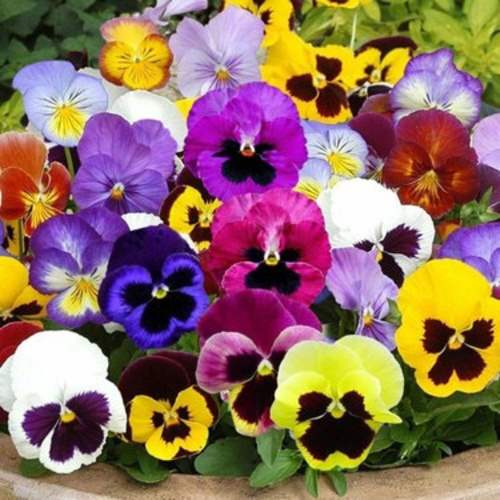
PRODUCT DESCRIPTION It is the easiest type of ornamental plant to grow in pots in the garden in the park. It is shade and sun resistant. In this regard, it can be easily grown all over the world. It is easy to care for. It is a plant that does not require much effort. It is one of the best aspects that it does not require much care. OCTOBER It can be planted outdoors in sowing time, in February, March, April, May, September and October, indoors in winter months when suitable conditions are provided. The germination environment temperature is 20-22, the germination period is 14-21 days. The germination soil should not be too watery, it should be slightly moist. Germination is done wherever there is light. GROWING When the germinated seedlings reach 10-15 cm, staggering should be done. Irrigation of the seedling soil should be done by hand spraying. Before putting the seedlings into direct sunlight, let them get used to the external conditions for 10-15 days in a semi-shade environment. It should be grown in places that receive full sun during the day. PRODUCT DESCRIPTION It is the easiest kind of ornamental plant to grow in the park in the pot in the garden.It is resistant to the shadow and the sun. It is easy to grow. The building is easy. Fatal care is the end of the most beautiful aspects. OCTOBER October time outdoor, February, March, April, May, September and October When the appropriate amount is provided, the indoor can be planted every winter. The germination temperature is 20-22 days germination period 14-21 days. The germination soil should not be very watery, it should be slightly moist. germination is done everywhere. elg GROWING When germinated fidelity is 10-15 cm, confusion should be done. Fide land The water should be made with hand fisfi. first try to get used to the outside conditions for 10-15 days in semi-shadow environment.It should be raised in sunlight areas during the day. Expiry Date: 12/2025 Germination: 98%
Canterbury bells / Menekşe Çiçeği (Ganiyy) - PRODUCT DESCRIPTION It is the easiest type of ornamental plant to grow in pots in the garden in the park. It is shade and sun resistant. In this regard, it can be easily grown all over the world. It is easy to care for. It is a plant that does not require much effort. It is one of the best aspects that it does not require much care. OCTOBER It can be planted outdoors in sowing time, in February, March, April, May, September and October, indoors in winter months when suitable conditions are provided. The germination environment temperature is 20-22, the germination period is 14-21 days. The germination soil should not be too watery, it should be slightly moist. Germination is done wherever there is light. GROWING When the germinated seedlings reach 10-15 cm, staggering should be done. Irrigation of the seedling soil should be done by hand spraying. Before putting the seedlings into direct sunlight, let them get used to the external conditions for 10-15 days in a semi-shade environment. It should be grown in places that receive full sun during the day. PRODUCT DESCRIPTION It is the easiest kind of ornamental plant to grow in the park in the pot in the garden.It is resistant to the shadow and the sun. It is easy to grow. The building is easy. Fatal care is the end of the most beautiful aspects. OCTOBER October time outdoor, February, March, April, May, September and October When the appropriate amount is provided, the indoor can be planted every winter. The germination temperature is 20-22 days germination period 14-21 days. The germination soil should not be very watery, it should be slightly moist. germination is done everywhere. elg GROWING When germinated fidelity is 10-15 cm, confusion should be done. Fide land The water should be made with hand fisfi. first try to get used to the outside conditions for 10-15 days in semi-shadow environment.It should be raised in sunlight areas during the day. Expiry Date: 12/2025 Germination: 98%Daffodil Flower / Nergis Çiçeği (Ganiyy)
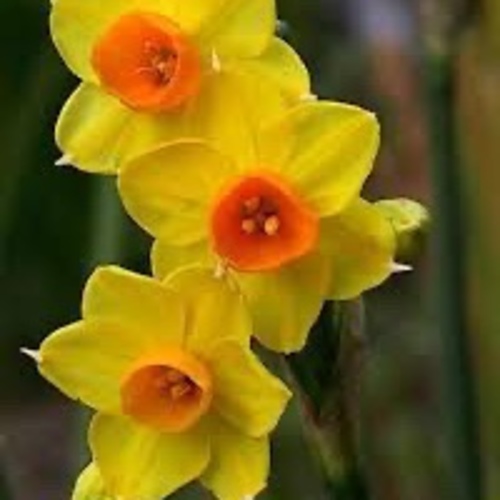
PRODUCT DESCRIPTION It is the easiest type of ornamental plant to grow in pots in the garden in the park. It is shade and sun resistant. In this regard, it can be easily grown all over the world. It is easy to care for. It is a plant that does not require much effort. It is one of the best aspects that it does not require much care. OCTOBER It can be planted outdoors in sowing time, in February, March, April, May, September and October, indoors in winter months when suitable conditions are provided. The germination environment temperature is 20-22, the germination period is 14-21 days. The germination soil should not be too watery, it should be slightly moist. Germination is done wherever there is light. GROWING When the germinated seedlings reach 10-15 cm, staggering should be done. Irrigation of the seedling soil should be done by hand spraying. Before putting the seedlings into direct sunlight, let them get used to the external conditions for 10-15 days in a semi-shade environment. It should be grown in places that receive full sun during the day. PRODUCT DESCRIPTION It is the easiest kind of ornamental plant to grow in the park in the pot in the garden.It is resistant to the shadow and the sun. It is easy to grow. The building is easy. Fatal care is the end of the most beautiful aspects. OCTOBER October time outdoor, February, March, April, May, September and October When the appropriate amount is provided, the indoor can be planted every winter. The germination temperature is 20-22 days germination period 14-21 days. The germination soil should not be very watery, it should be slightly moist. germination is done everywhere. elg GROWING When germinated fidelity is 10-15 cm, confusion should be done. Fide land The water should be made with hand fisfi. first try to get used to the outside conditions for 10-15 days in semi-shadow environment.It should be raised in sunlight areas during the day. Expiry Date: 12/2025 Germination: 98%
Daffodil Flower / Nergis Çiçeği (Ganiyy) - PRODUCT DESCRIPTION It is the easiest type of ornamental plant to grow in pots in the garden in the park. It is shade and sun resistant. In this regard, it can be easily grown all over the world. It is easy to care for. It is a plant that does not require much effort. It is one of the best aspects that it does not require much care. OCTOBER It can be planted outdoors in sowing time, in February, March, April, May, September and October, indoors in winter months when suitable conditions are provided. The germination environment temperature is 20-22, the germination period is 14-21 days. The germination soil should not be too watery, it should be slightly moist. Germination is done wherever there is light. GROWING When the germinated seedlings reach 10-15 cm, staggering should be done. Irrigation of the seedling soil should be done by hand spraying. Before putting the seedlings into direct sunlight, let them get used to the external conditions for 10-15 days in a semi-shade environment. It should be grown in places that receive full sun during the day. PRODUCT DESCRIPTION It is the easiest kind of ornamental plant to grow in the park in the pot in the garden.It is resistant to the shadow and the sun. It is easy to grow. The building is easy. Fatal care is the end of the most beautiful aspects. OCTOBER October time outdoor, February, March, April, May, September and October When the appropriate amount is provided, the indoor can be planted every winter. The germination temperature is 20-22 days germination period 14-21 days. The germination soil should not be very watery, it should be slightly moist. germination is done everywhere. elg GROWING When germinated fidelity is 10-15 cm, confusion should be done. Fide land The water should be made with hand fisfi. first try to get used to the outside conditions for 10-15 days in semi-shadow environment.It should be raised in sunlight areas during the day. Expiry Date: 12/2025 Germination: 98%Brussles Sprout / Brüksel lahana (Gianyy (valley Green))

. The seeds in this packaging have been carefully produced by our agronomists, who are responsible for producing experts in their field, under the supervision of the Ministry of Agriculture and Rural Affairs, within the framework of the rules in accordance with the laws and regulations relating to the certificate of registration and control of seeds, in accordance with Law No. 5553. • The seeds are free from drugs and hormones. • Seeds should be stored in dry and cool places to avoid spoilage. • It must be protected from sunlight. • The package should be opened only when planting. • Prepared to minimum seed standards. • The ideal timing for the month of October: from November to February Recommendations: • You can plant seeds in any type of soil. Locate the new implant and fix it with a shovel. . From January onwards, sprinkle the seeds over the soil, covering and pressing lightly. . Throw the soil over the seed as much as the thickness of the seed. . If necessary, remove weak plants that overwinter. • Cut the amount of plants sufficient for the needs of daily use, preferably with scissors. • Feed the plants using organic fertilizer at regular intervals after planting. * You can plant seeds in any ton of soil. Select the seed you are going to plant and fix it with heat. As of January, sprinkle the seeds with a lid, cover and press lightly. Throw the soil over the seed as much as the thickness of the seed. ✓ If necessary, remove weak plants that overwinter and lead to thinning. elg Cut the amount of plants sufficient for daily use needs, preferably with scissors. Expiry date: 12/2024 Germination: 98?ter planting, feed the plants with compost at regular intervals. Planting Growth Irrigation Inebey Mah. Enkilab Cad. Cukurpazar Market No.: 90-91 Aksaray / Istanbul ganiyy [email protected] 10535 062 23 94 ALO zzozsono W/n
Brussles Sprout / Brüksel lahana (Gianyy (valley Green)) - . The seeds in this packaging have been carefully produced by our agronomists, who are responsible for producing experts in their field, under the supervision of the Ministry of Agriculture and Rural Affairs, within the framework of the rules in accordance with the laws and regulations relating to the certificate of registration and control of seeds, in accordance with Law No. 5553. • The seeds are free from drugs and hormones. • Seeds should be stored in dry and cool places to avoid spoilage. • It must be protected from sunlight. • The package should be opened only when planting. • Prepared to minimum seed standards. • The ideal timing for the month of October: from November to February Recommendations: • You can plant seeds in any type of soil. Locate the new implant and fix it with a shovel. . From January onwards, sprinkle the seeds over the soil, covering and pressing lightly. . Throw the soil over the seed as much as the thickness of the seed. . If necessary, remove weak plants that overwinter. • Cut the amount of plants sufficient for the needs of daily use, preferably with scissors. • Feed the plants using organic fertilizer at regular intervals after planting. * You can plant seeds in any ton of soil. Select the seed you are going to plant and fix it with heat. As of January, sprinkle the seeds with a lid, cover and press lightly. Throw the soil over the seed as much as the thickness of the seed. ✓ If necessary, remove weak plants that overwinter and lead to thinning. elg Cut the amount of plants sufficient for daily use needs, preferably with scissors. Expiry date: 12/2024 Germination: 98?ter planting, feed the plants with compost at regular intervals. Planting Growth Irrigation Inebey Mah. Enkilab Cad. Cukurpazar Market No.: 90-91 Aksaray / Istanbul ganiyy [email protected] 10535 062 23 94 ALO zzozsono W/nOregano Valley Green
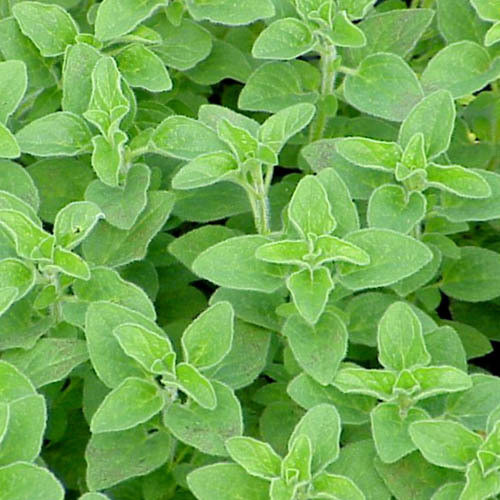
DESCRIPTIONThis sweetly-smelling, aromatic foliage is commonly used in Mediterranean cuisine and is perfect sprinkled on lamb or pork before cooking. Also known as Pot Marjoram, it makes a useful, addition to the herb garden, the flowers produced in summer and autumn being used for flavouring after they have been dried. The strong aromatic flavour is perfect for rich meat dishes, grilled fish and for flavouring oils. SOWING ADVICEFor best results, seeds are sown directly into the ground where required in the spring. Alternatively, sow in late winter/early spring in gentle warmth, 15-20 degrees C. Prick out into small 3 inch or 7 cm. pots and plant in final position when the plants are established.
KEY FACTSFamily:HERBCommon name:Oreganum vulgare, White marjoram, Pot marjoram.Classification:Half hardy annual, Hardy annualPacket Content:500 (Approx)
Oregano Valley Green - DESCRIPTIONThis sweetly-smelling, aromatic foliage is commonly used in Mediterranean cuisine and is perfect sprinkled on lamb or pork before cooking. Also known as Pot Marjoram, it makes a useful, addition to the herb garden, the flowers produced in summer and autumn being used for flavouring after they have been dried. The strong aromatic flavour is perfect for rich meat dishes, grilled fish and for flavouring oils. SOWING ADVICEFor best results, seeds are sown directly into the ground where required in the spring. Alternatively, sow in late winter/early spring in gentle warmth, 15-20 degrees C. Prick out into small 3 inch or 7 cm. pots and plant in final position when the plants are established.
KEY FACTSFamily:HERBCommon name:Oreganum vulgare, White marjoram, Pot marjoram.Classification:Half hardy annual, Hardy annualPacket Content:500 (Approx)

 Mixed aster flower /Saraya Patı or Top Papatya (Ganiyy)
Mixed aster flower /Saraya Patı or Top Papatya (Ganiyy)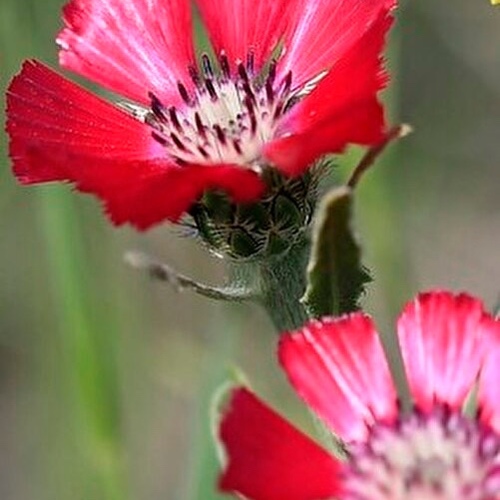 Red Aster Daisy/ Love Flower / Sevgi Çiçeği (Ganiyy)
Red Aster Daisy/ Love Flower / Sevgi Çiçeği (Ganiyy)
 Mixed Color Marigold FLOWERS/ Portakal KADIFE Çiçeği (GANIYY)
Mixed Color Marigold FLOWERS/ Portakal KADIFE Çiçeği (GANIYY)
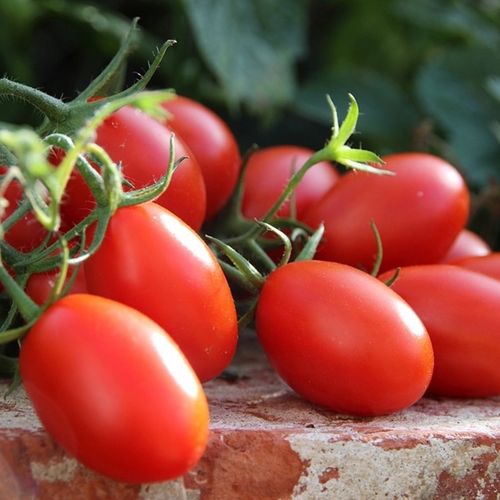 Italian Sobre Rio Tomato super sweet / Sobe Rio Domates ( GANIYY)
Italian Sobre Rio Tomato super sweet / Sobe Rio Domates ( GANIYY)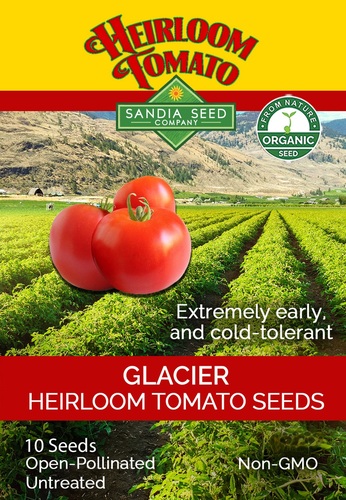
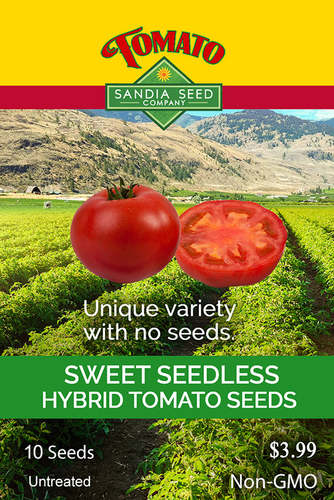
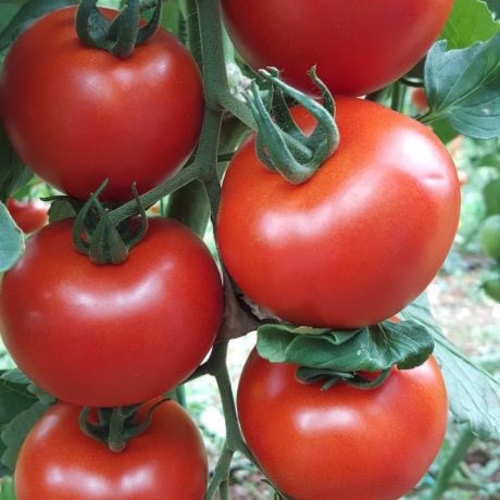

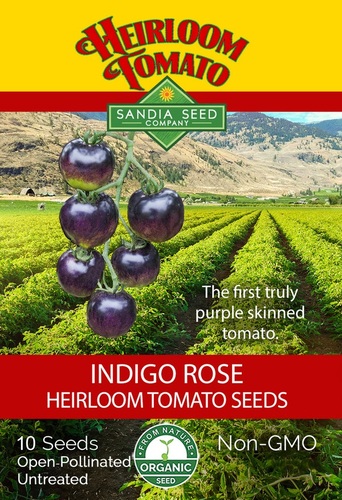
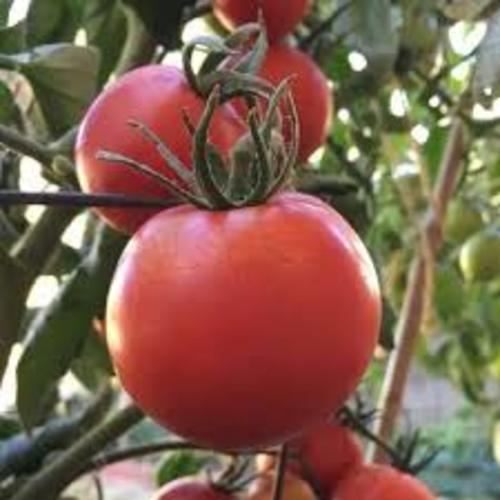

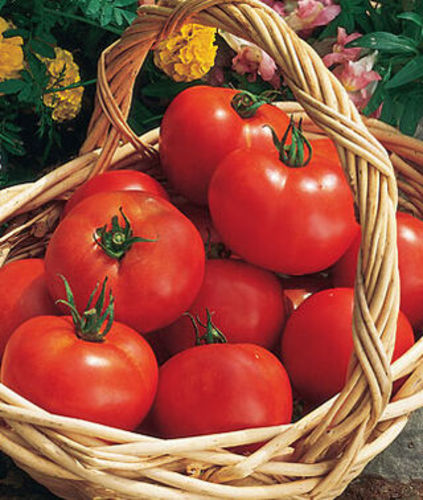






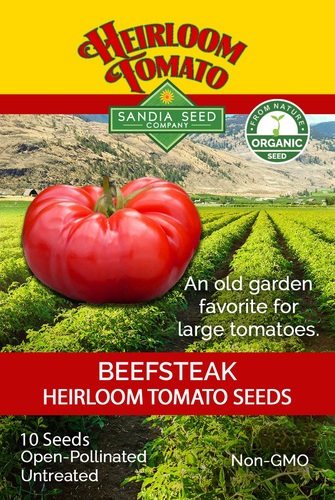
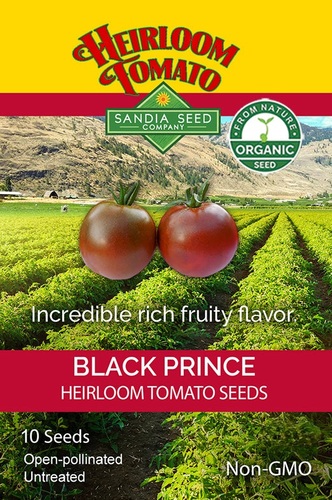
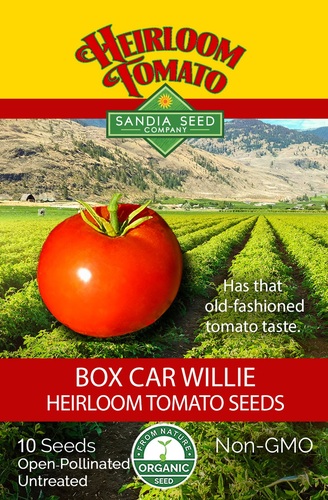
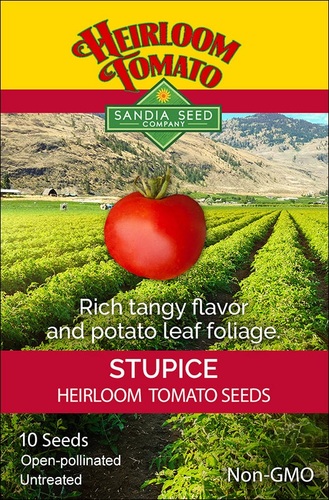

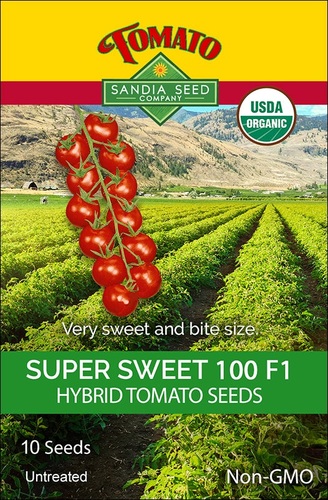


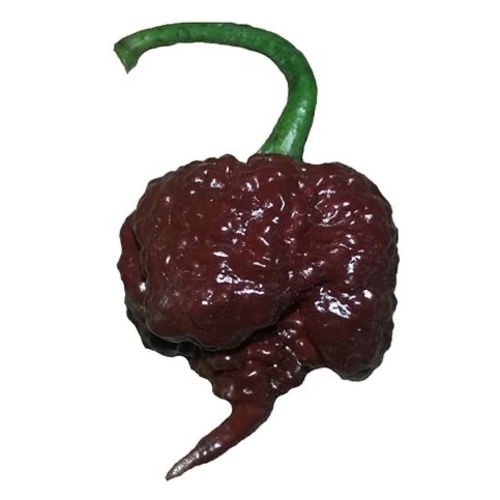
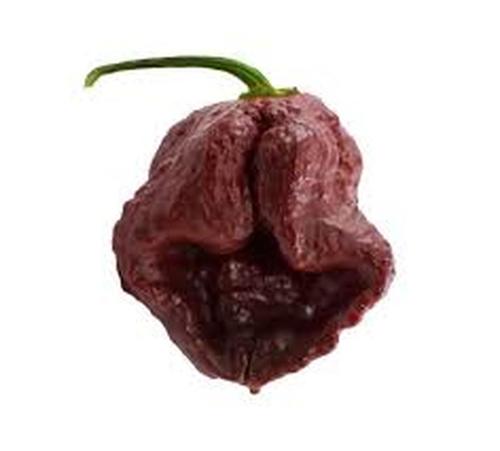 Trinidad Scorpion 7 Pot Douglah chocolate Crazy Hot Sandia
Trinidad Scorpion 7 Pot Douglah chocolate Crazy Hot Sandia Tombul Arnavut Pepper / Tombul arnavut Biber Ganny
Tombul Arnavut Pepper / Tombul arnavut Biber Ganny

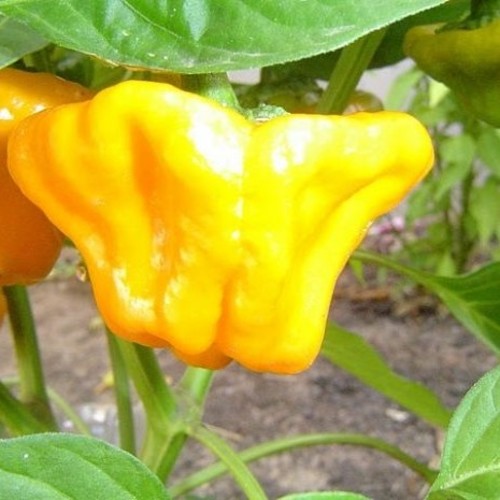 yellow Scotch Bonnet extra super Hot PWS or Sandia
yellow Scotch Bonnet extra super Hot PWS or Sandia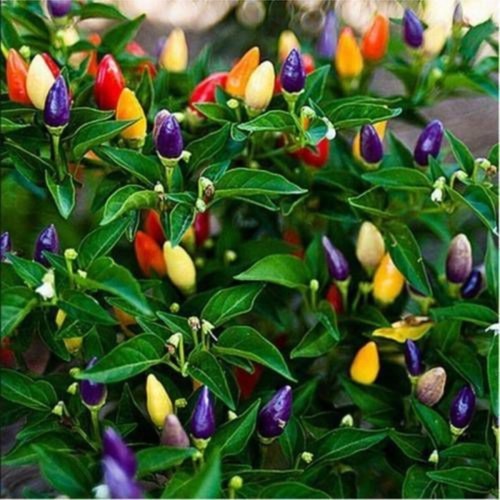

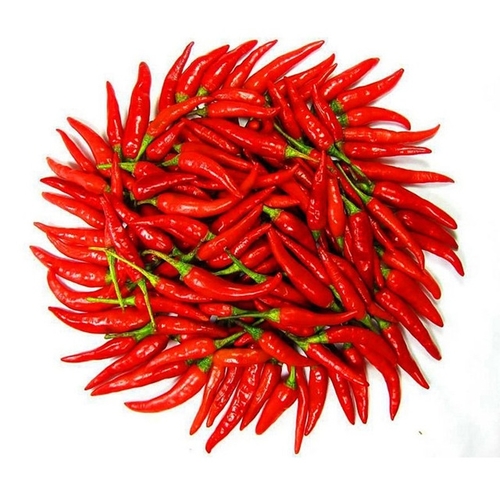 Cayyene Pepper / Arnavut Biber / Ince Arnavut Biber(GANIYY)
Cayyene Pepper / Arnavut Biber / Ince Arnavut Biber(GANIYY)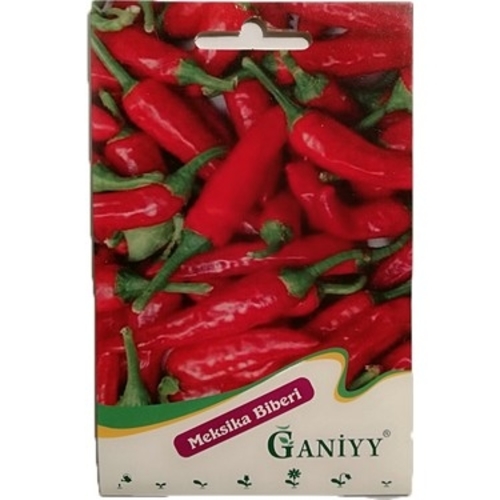 Mexican Pepper ( wrinkled) Jalapeños) / Meksika Biberi (GANIYY)
Mexican Pepper ( wrinkled) Jalapeños) / Meksika Biberi (GANIYY)





![milfoil /Yarrow Flower / Kandil Çiçeği (Ganiyy) - White YarrowAchillea millefolium
Also referred to as ' Yarroway', 'Milfoil' or simply 'Yarrow', 'White Yarrow' has had a lot of interesting common names over the centuries. Alluding to its traditional medicinal usage, it was called, 'Soldier's Woundwort', 'Knight's Milfoil', Carpenter's Weed', Bloodwort', and 'Herba Militaris', among others.[1] Its botanical name, Achillea, is said to be derived from the ancient story of how Achilles, during the Trojan War, used the leaves of the plant to stop the bleeding of his fellow soldiers.](https://maincdn3.mnasaticdn.com/uploads/product_image/2094/product_1681645868_thumb.jpg)



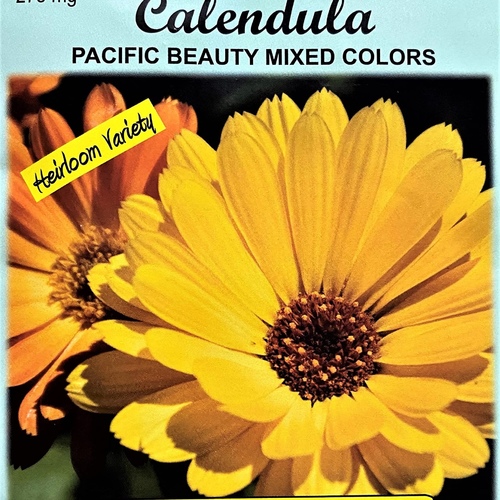 Calendula Pacific Beauty Mixed Colors Valley Green
Calendula Pacific Beauty Mixed Colors Valley Green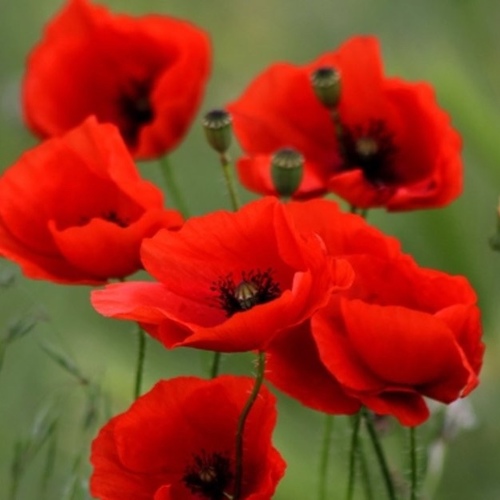 wild Red Rose / Poppy Red Corn/ Gelincik Çiçeği (Ganiyy) or Valley Green
wild Red Rose / Poppy Red Corn/ Gelincik Çiçeği (Ganiyy) or Valley Green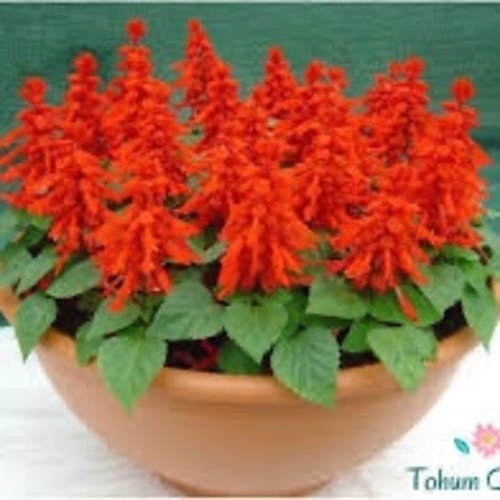

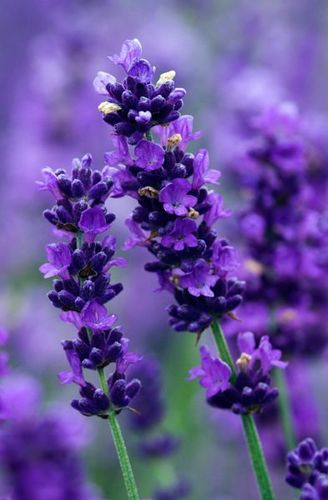 Lavender / Lavanta / Lavander English (GANIYY) (genta) (Valley Green)
Lavender / Lavanta / Lavander English (GANIYY) (genta) (Valley Green)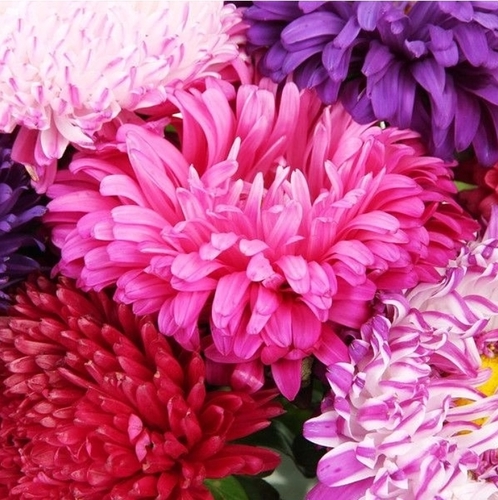 Aster Giant Mix Flowers / Kasımpatı çiçeği (Ganiyy)
Aster Giant Mix Flowers / Kasımpatı çiçeği (Ganiyy)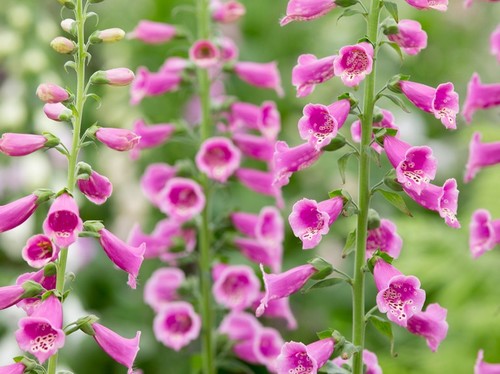
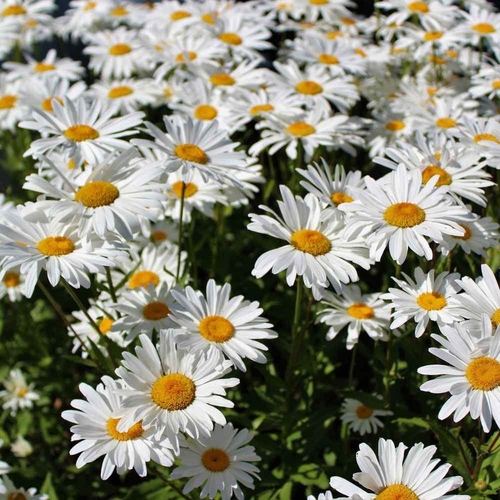 max Chrysanthemum Flower (shasta Daisy) (Papatya) (GANIYY)
max Chrysanthemum Flower (shasta Daisy) (Papatya) (GANIYY)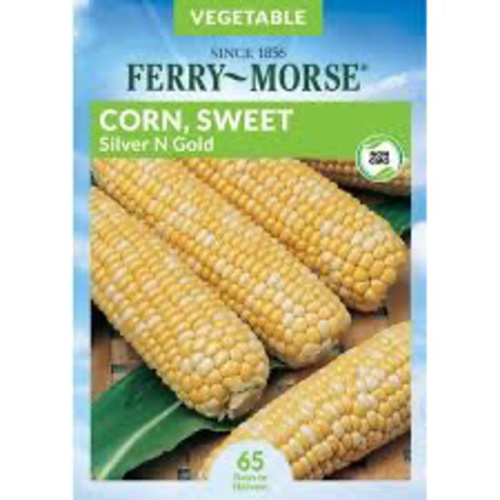
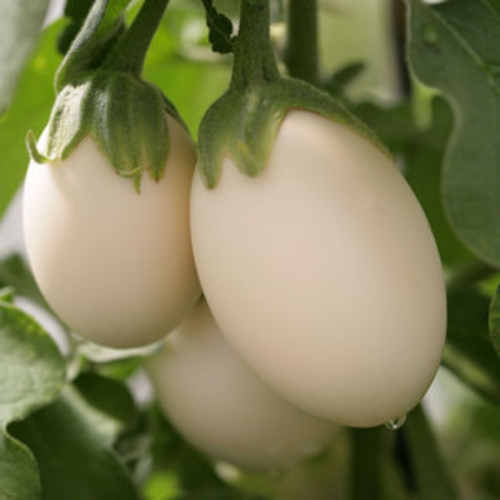
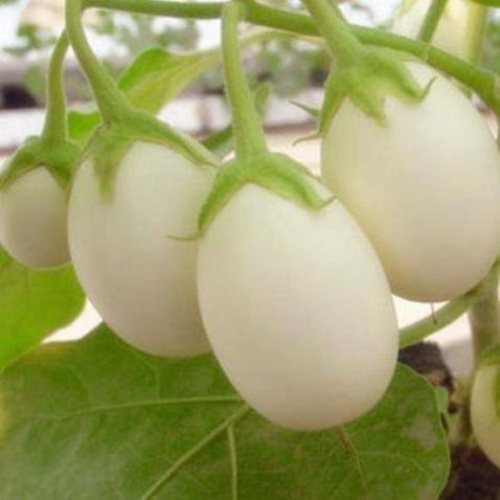
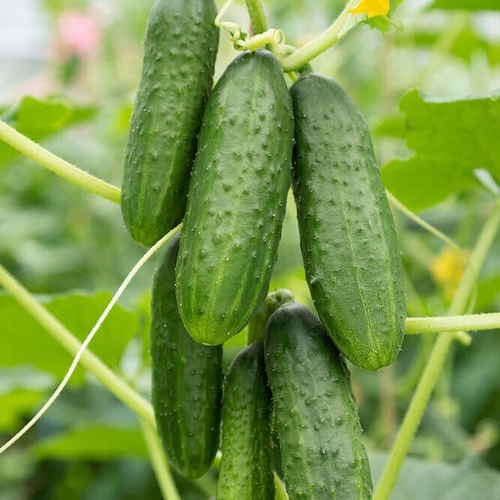
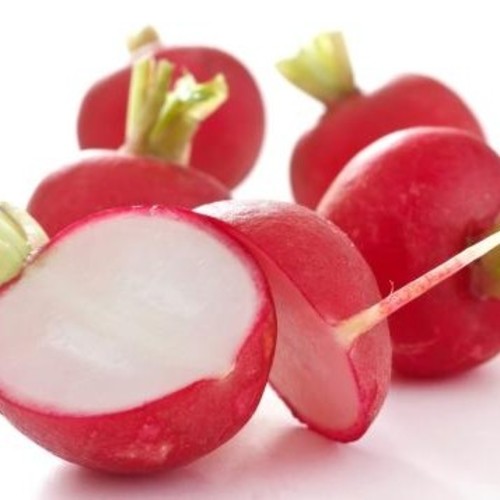 Red Radish /iri Kirmizi turp Ganiyy or Kırmızı or Findik Turp (genta)
Red Radish /iri Kirmizi turp Ganiyy or Kırmızı or Findik Turp (genta)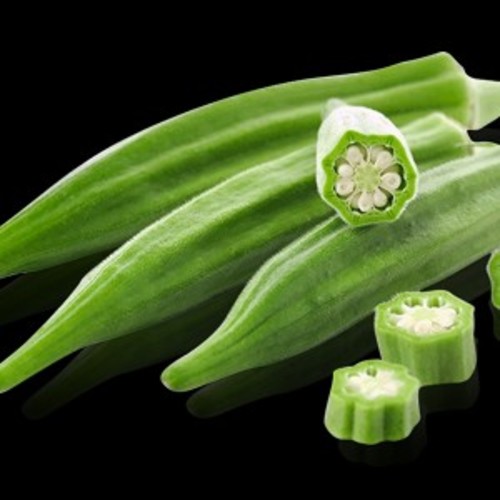 OKRA Toros Heavy Load/ Bamya / Bamya Toros(GANIYY)
OKRA Toros Heavy Load/ Bamya / Bamya Toros(GANIYY)
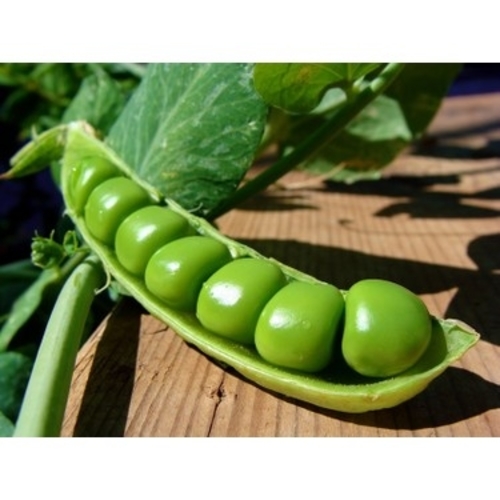 Green Peas Large Size / Araka Bezelye utrillo (GANIYY)
Green Peas Large Size / Araka Bezelye utrillo (GANIYY)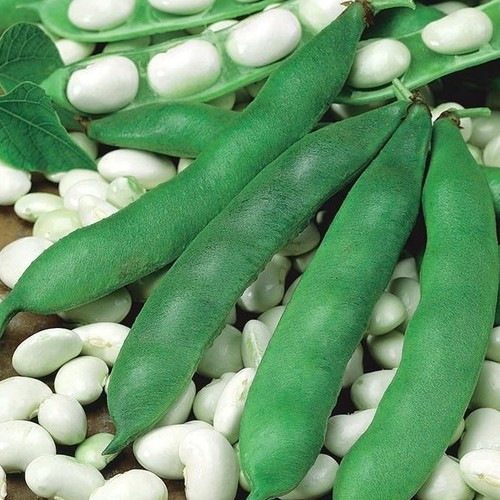 Ground Beans White large / Yer Fasulye / Beyaz Sultani Fasulye (GANIYY)
Ground Beans White large / Yer Fasulye / Beyaz Sultani Fasulye (GANIYY)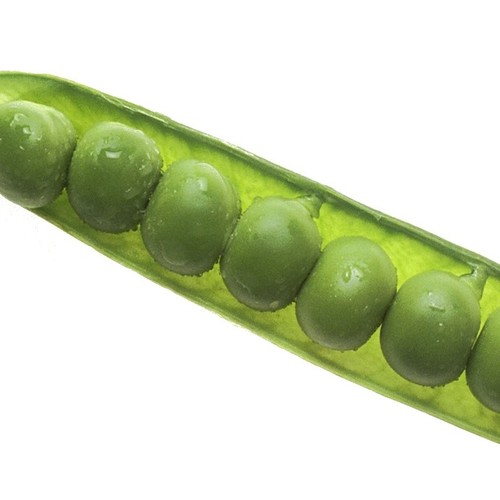 King of Peas large size / Sultanı Bezelye (GANIYY)
King of Peas large size / Sultanı Bezelye (GANIYY)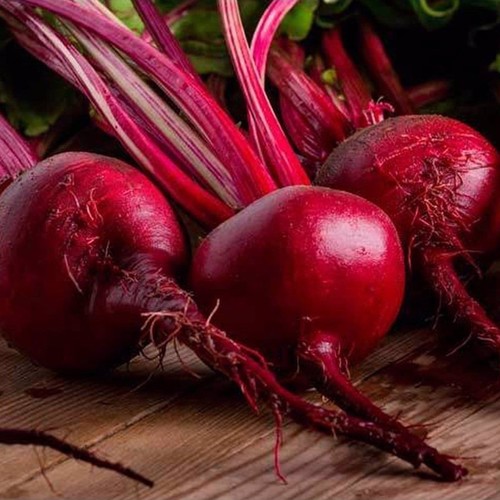 Detroit Beet / RED Beets / Kırmızı Pancar ( GANIYY)
Detroit Beet / RED Beets / Kırmızı Pancar ( GANIYY)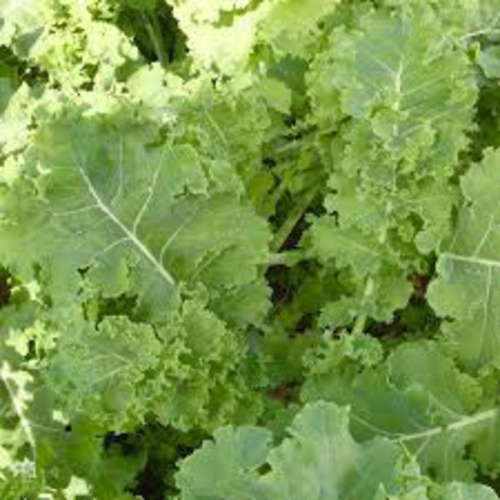
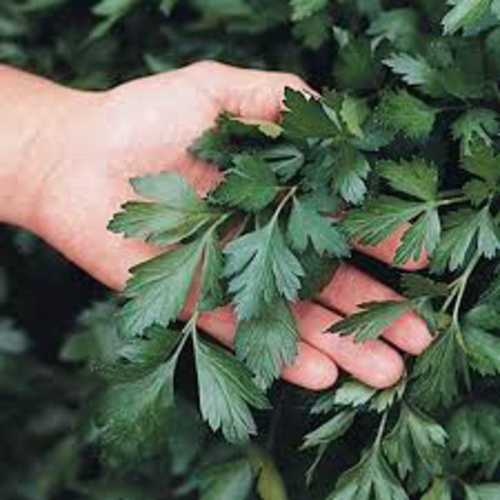

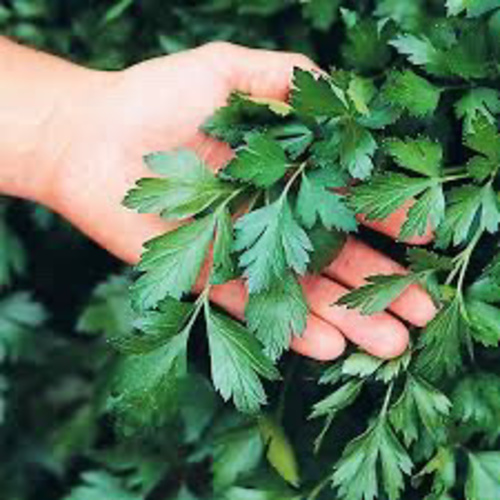 Italian Parsley Large / İri yapraklı italian Maydanoz (Genta)
Italian Parsley Large / İri yapraklı italian Maydanoz (Genta)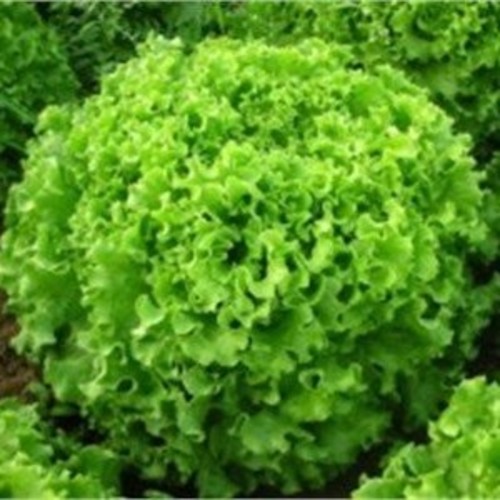 Lettuce Black Seeded simpson Curly Lettuce Balley Green
Lettuce Black Seeded simpson Curly Lettuce Balley Green